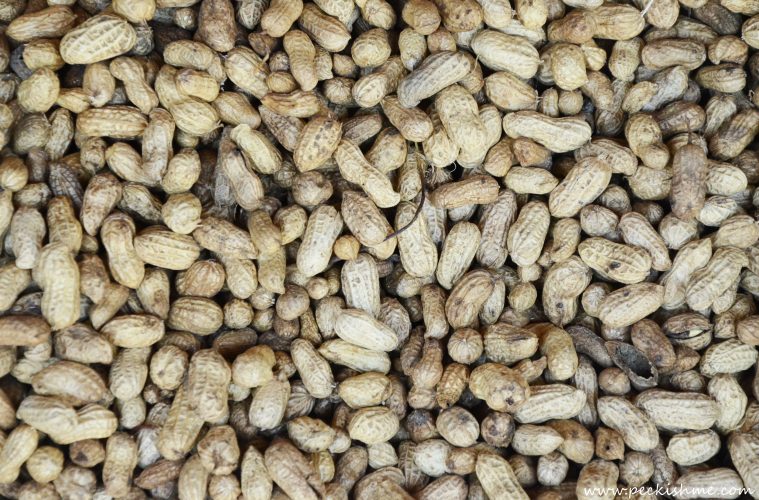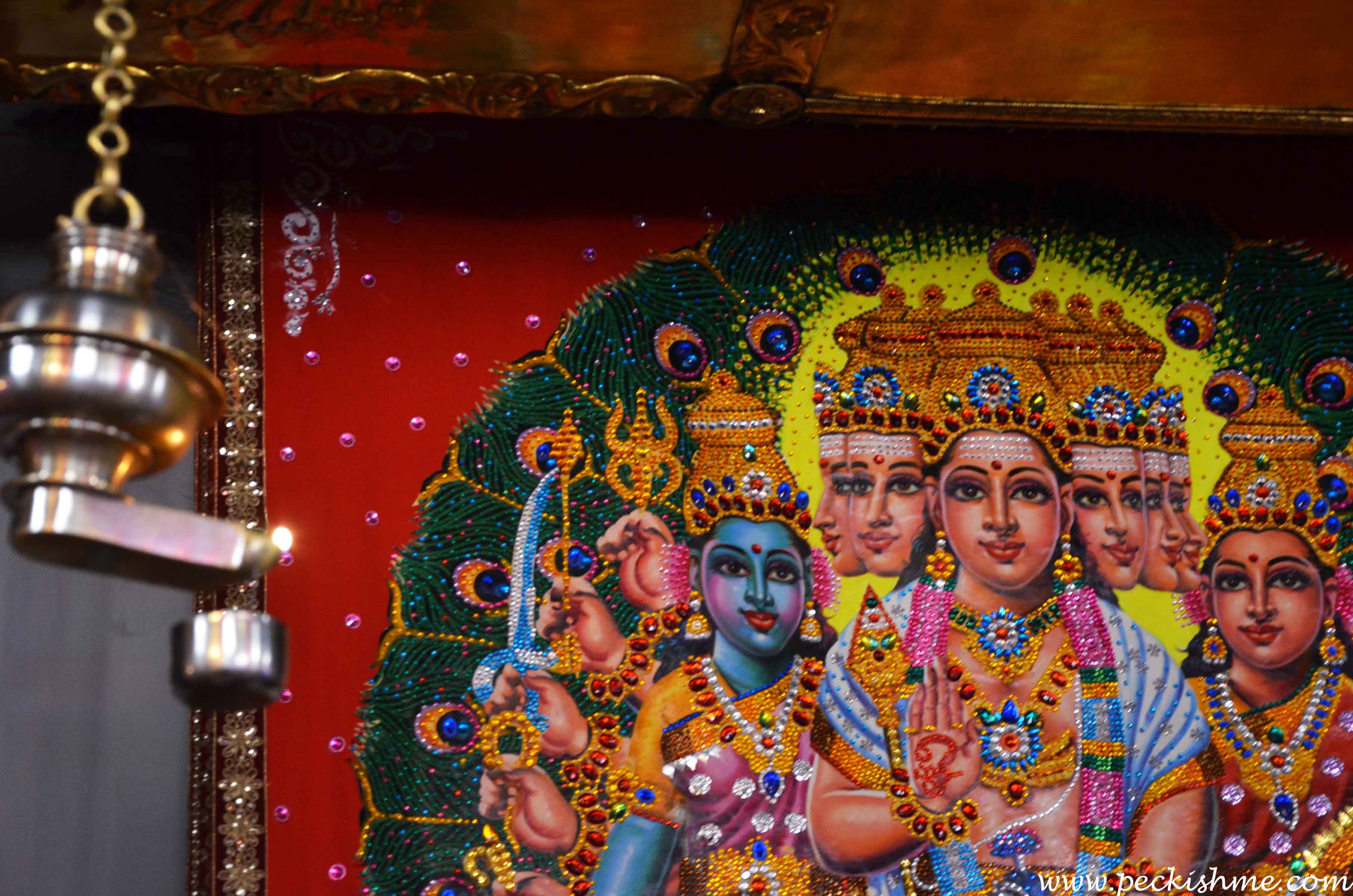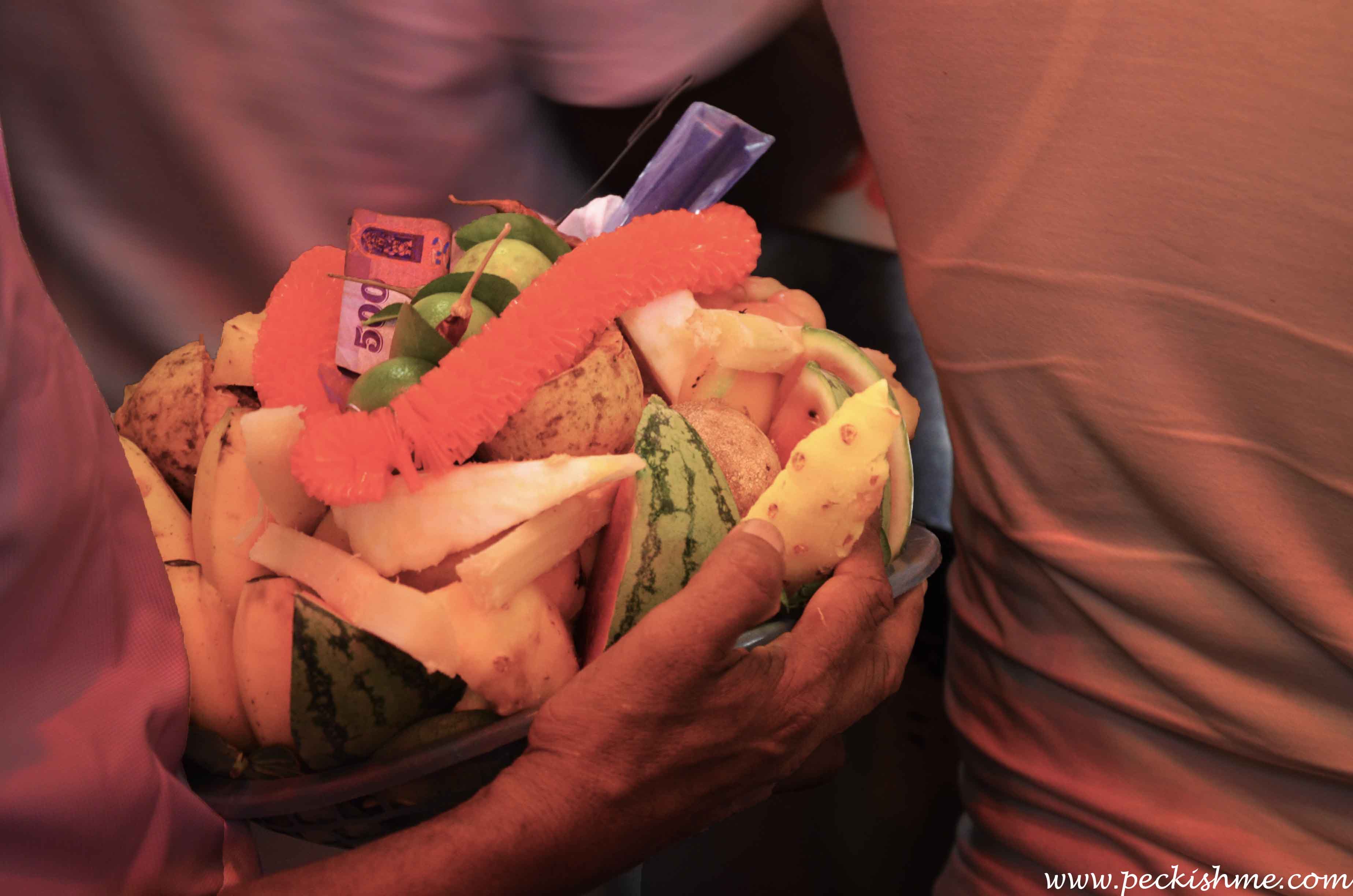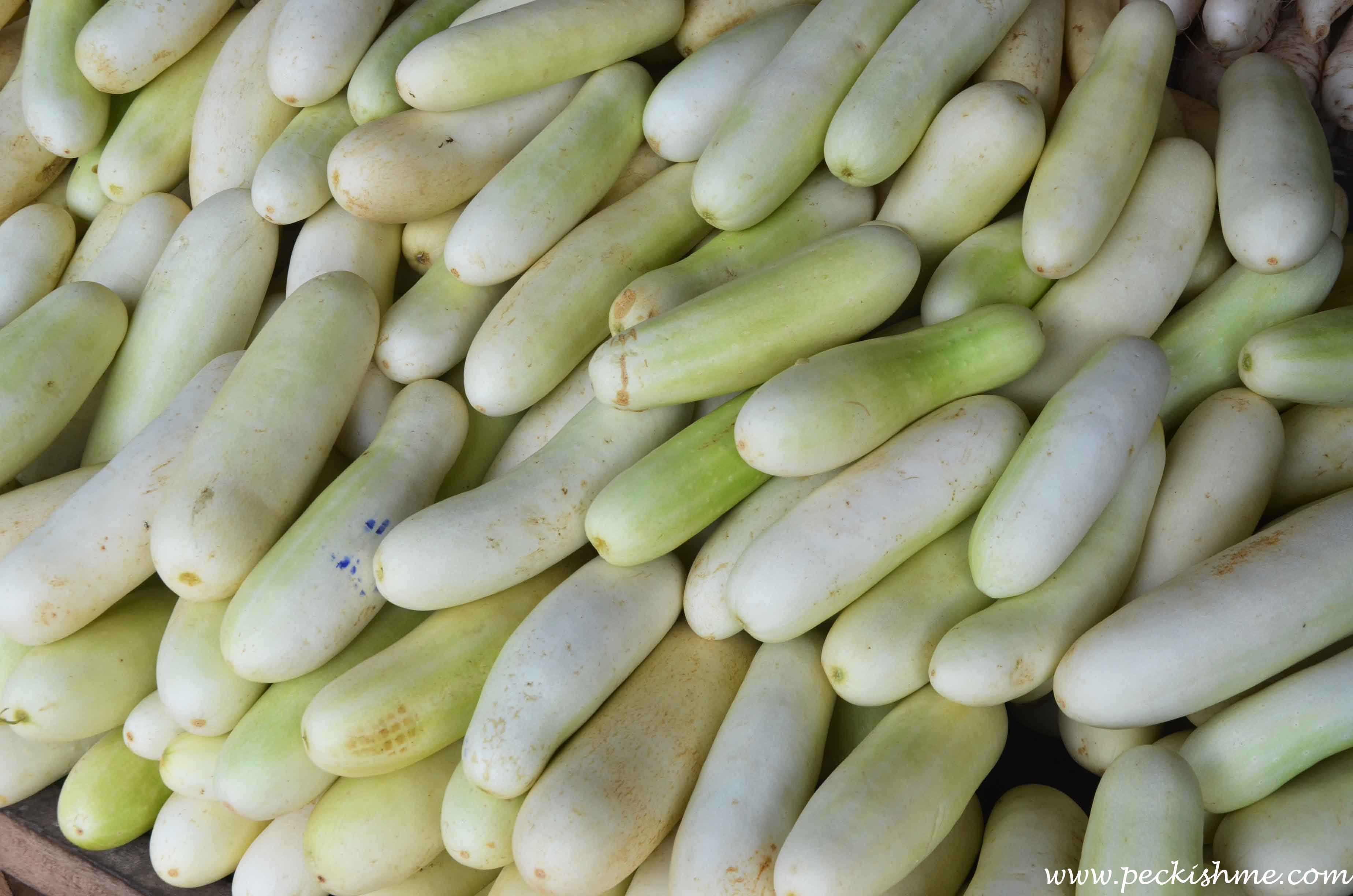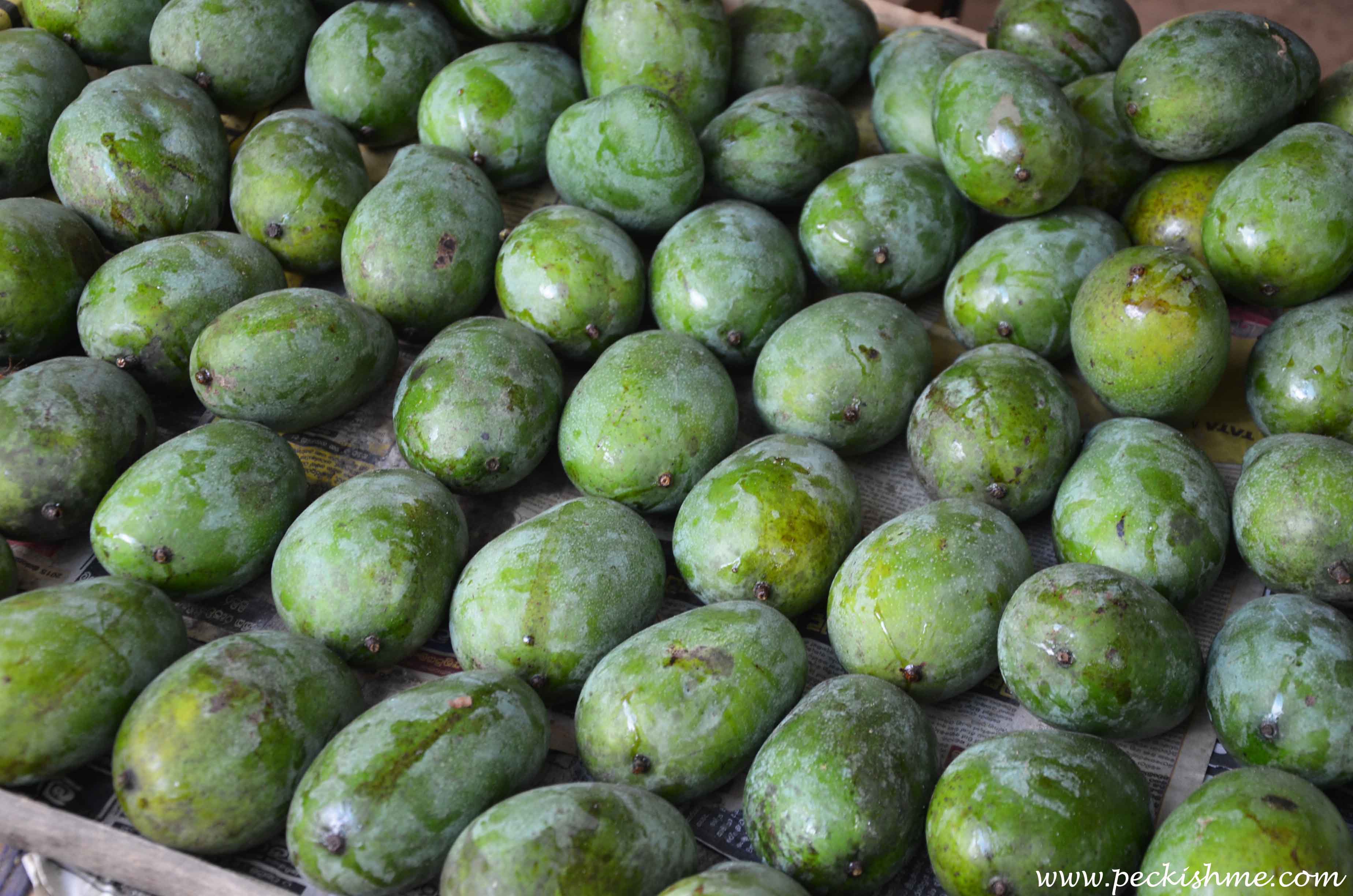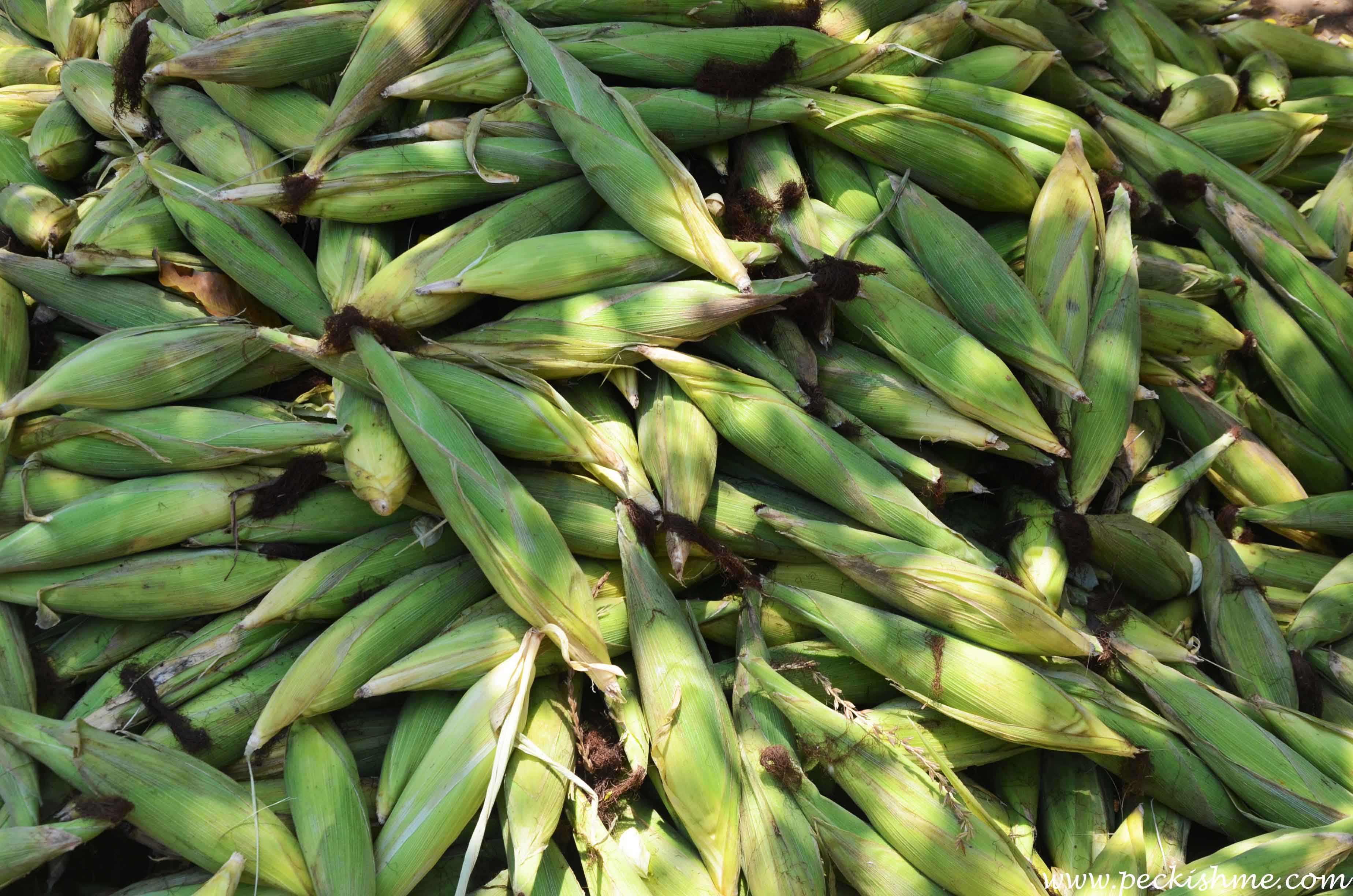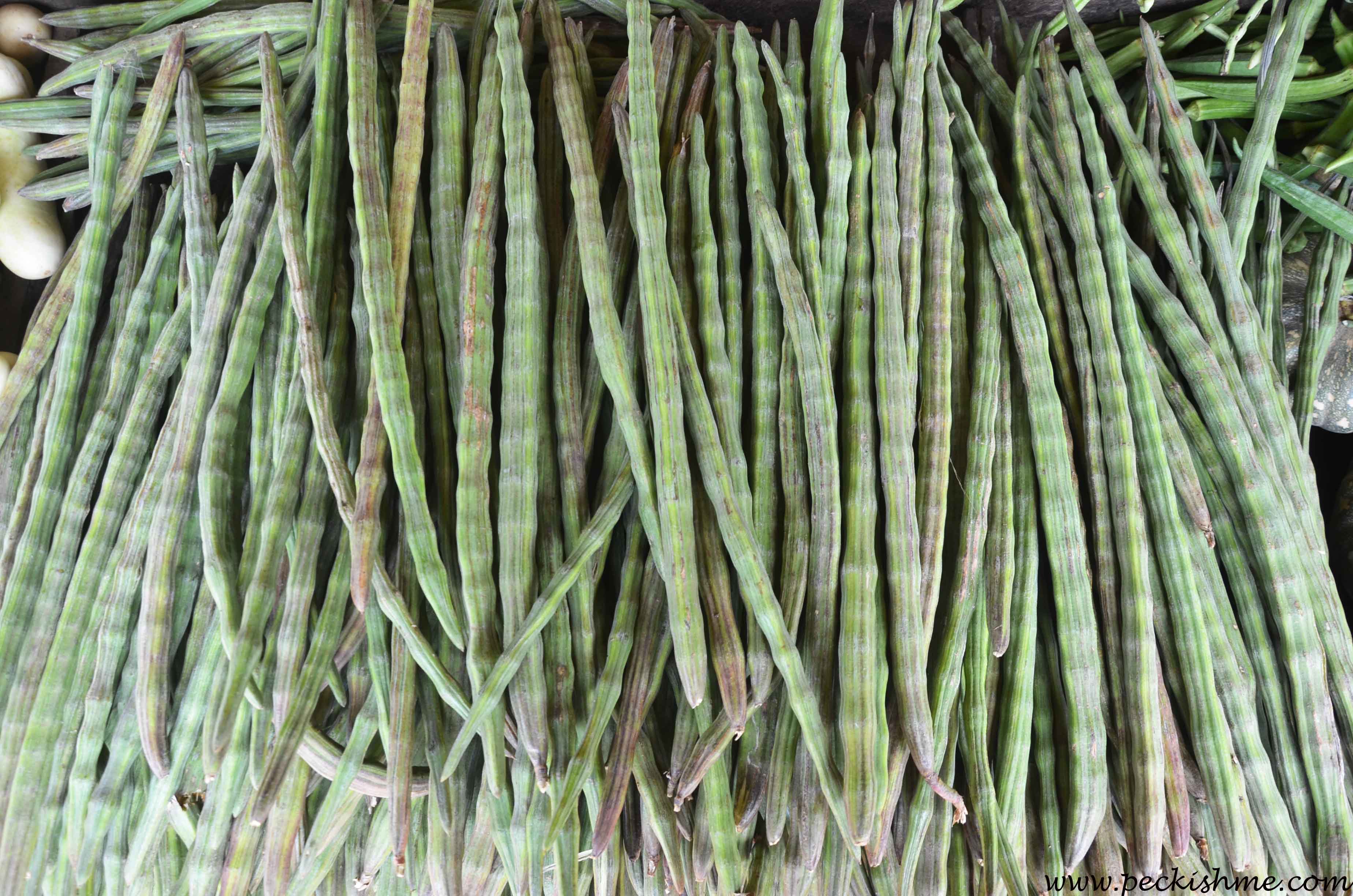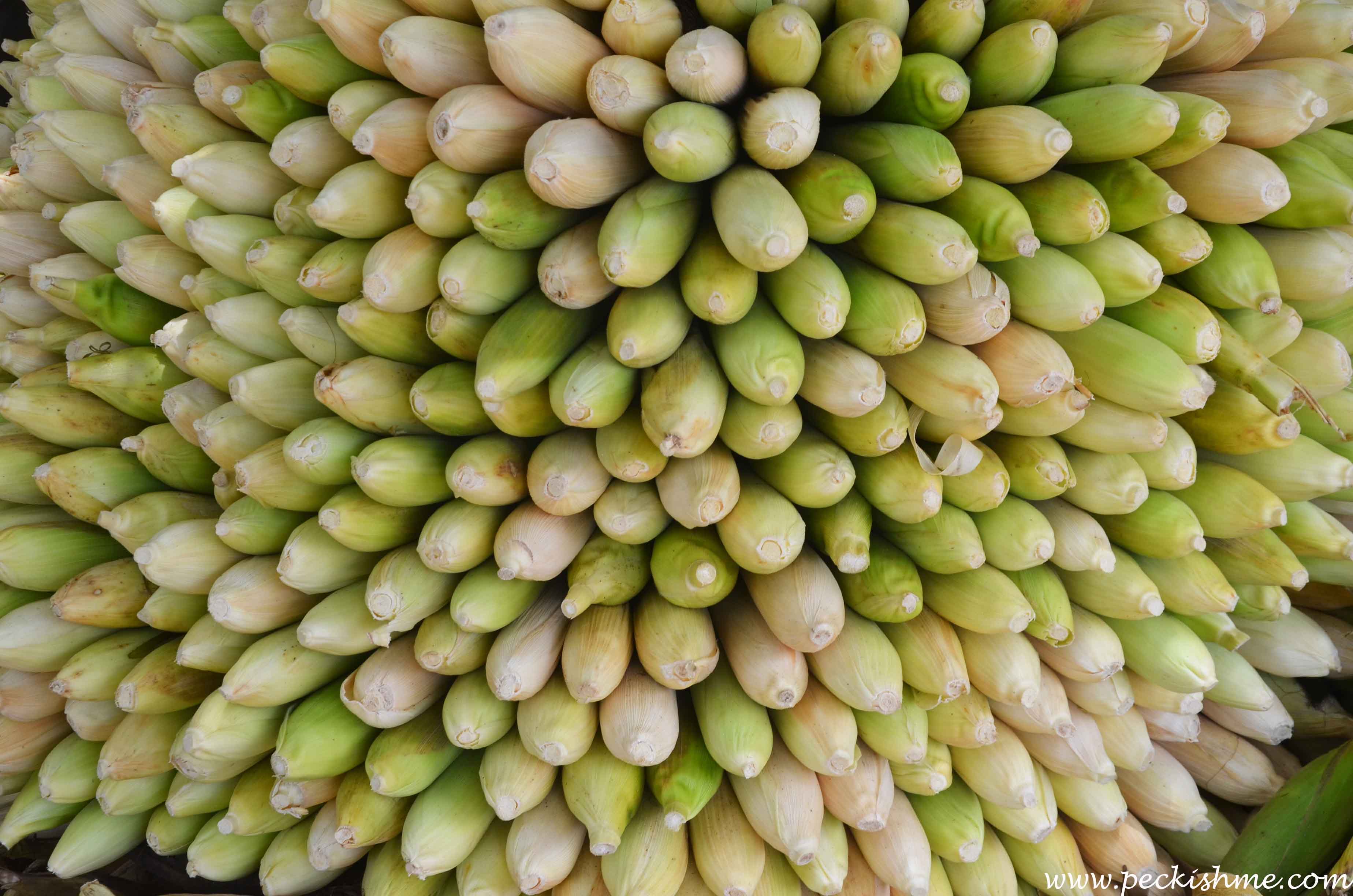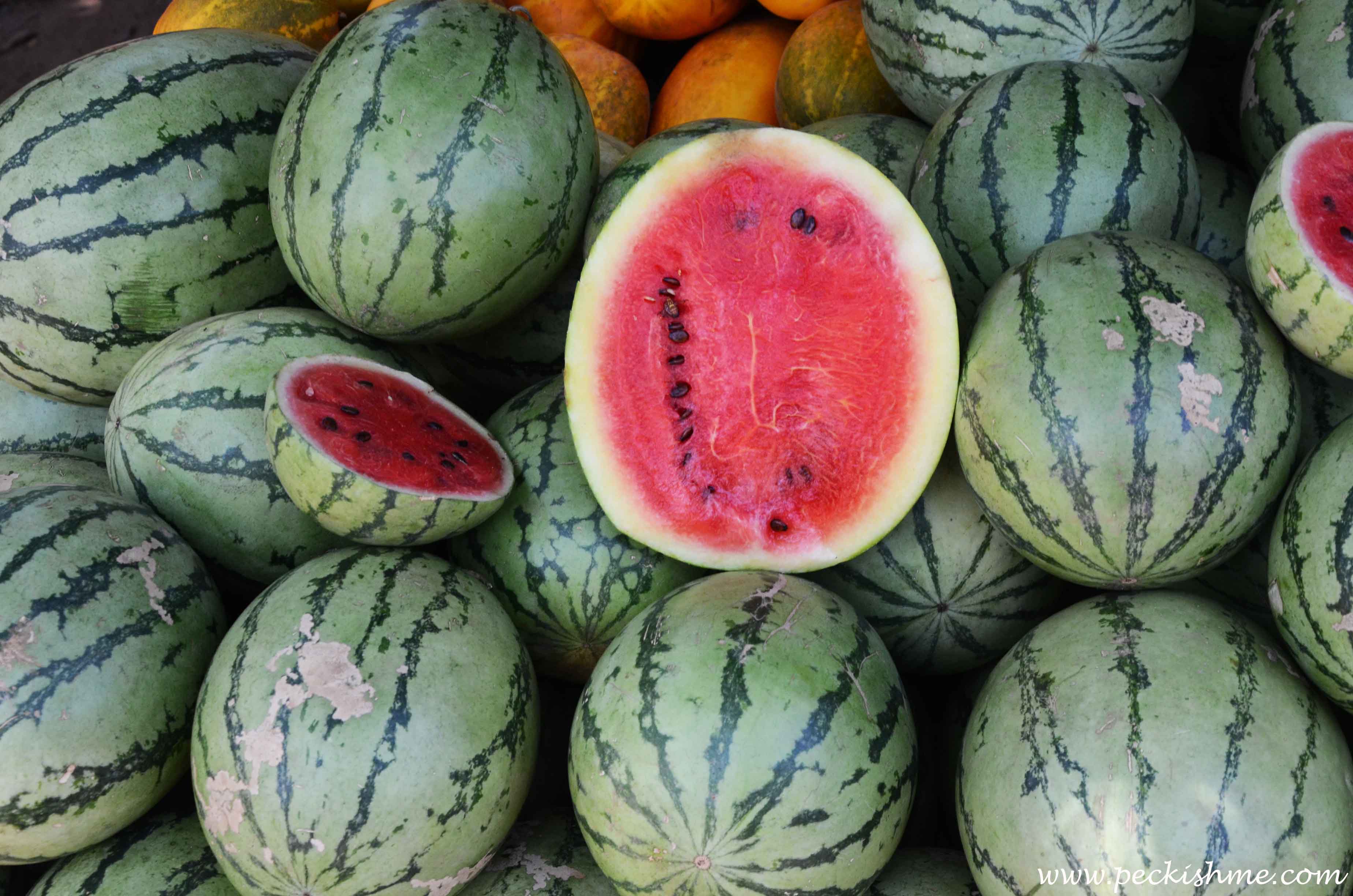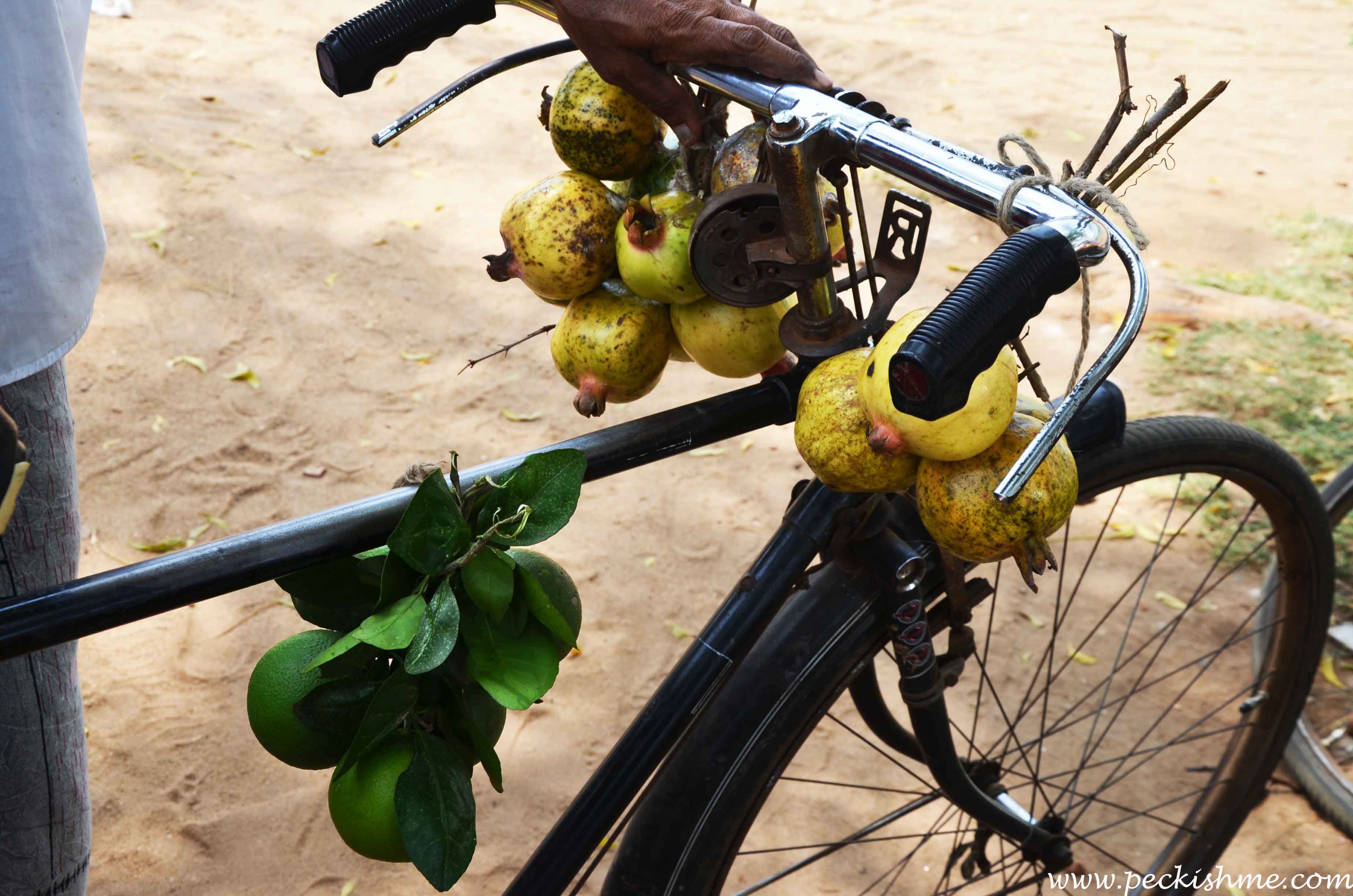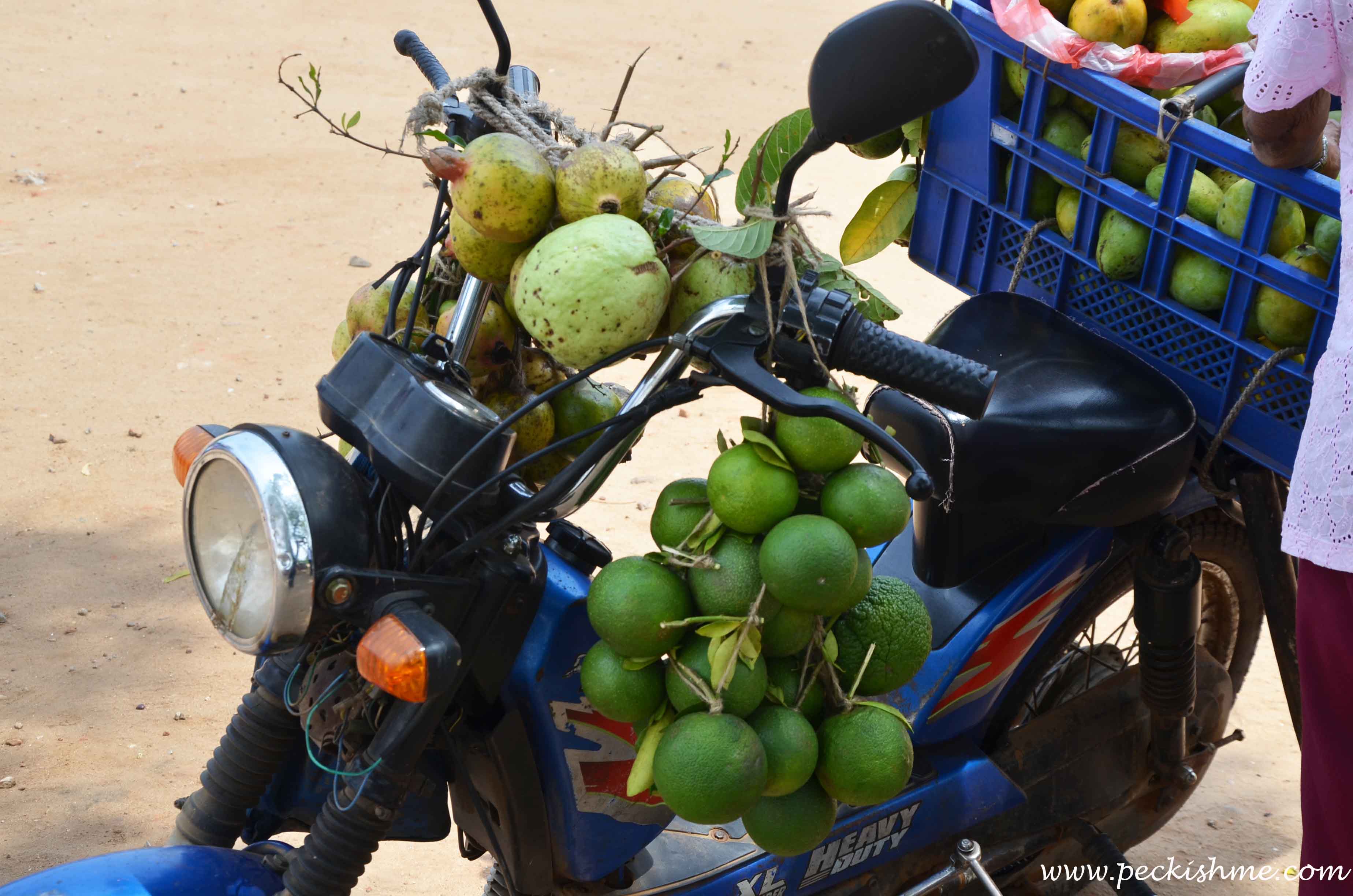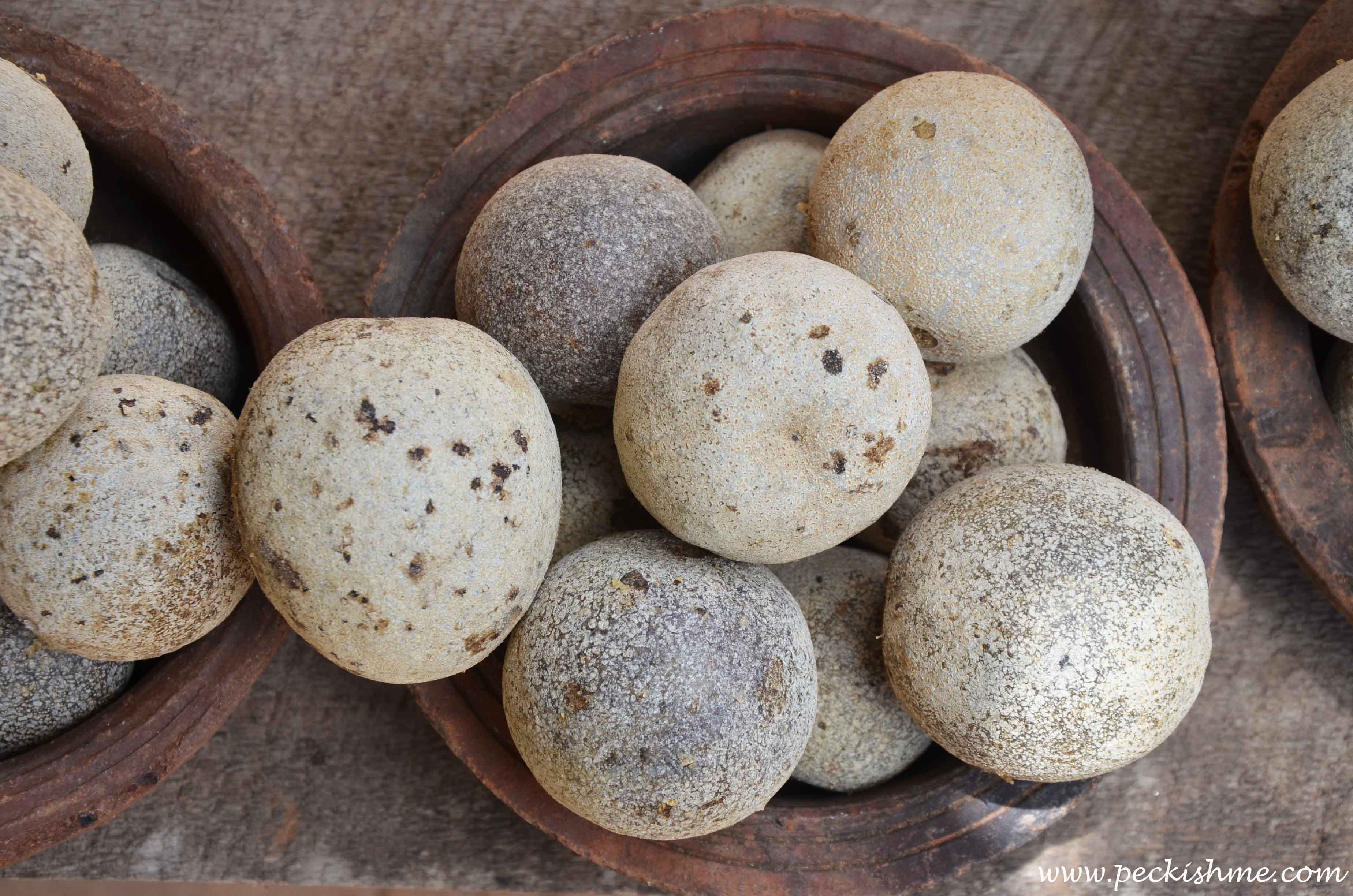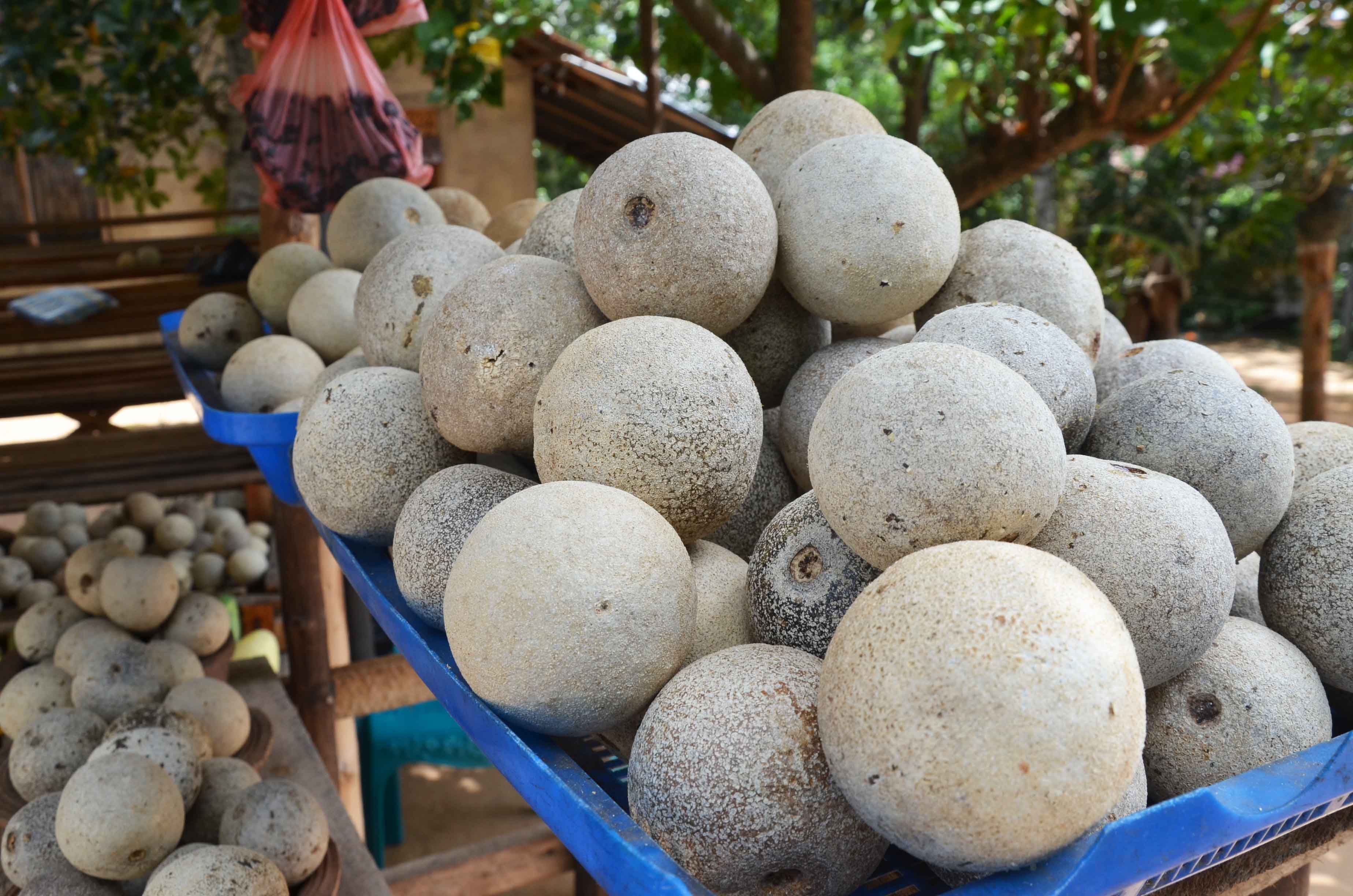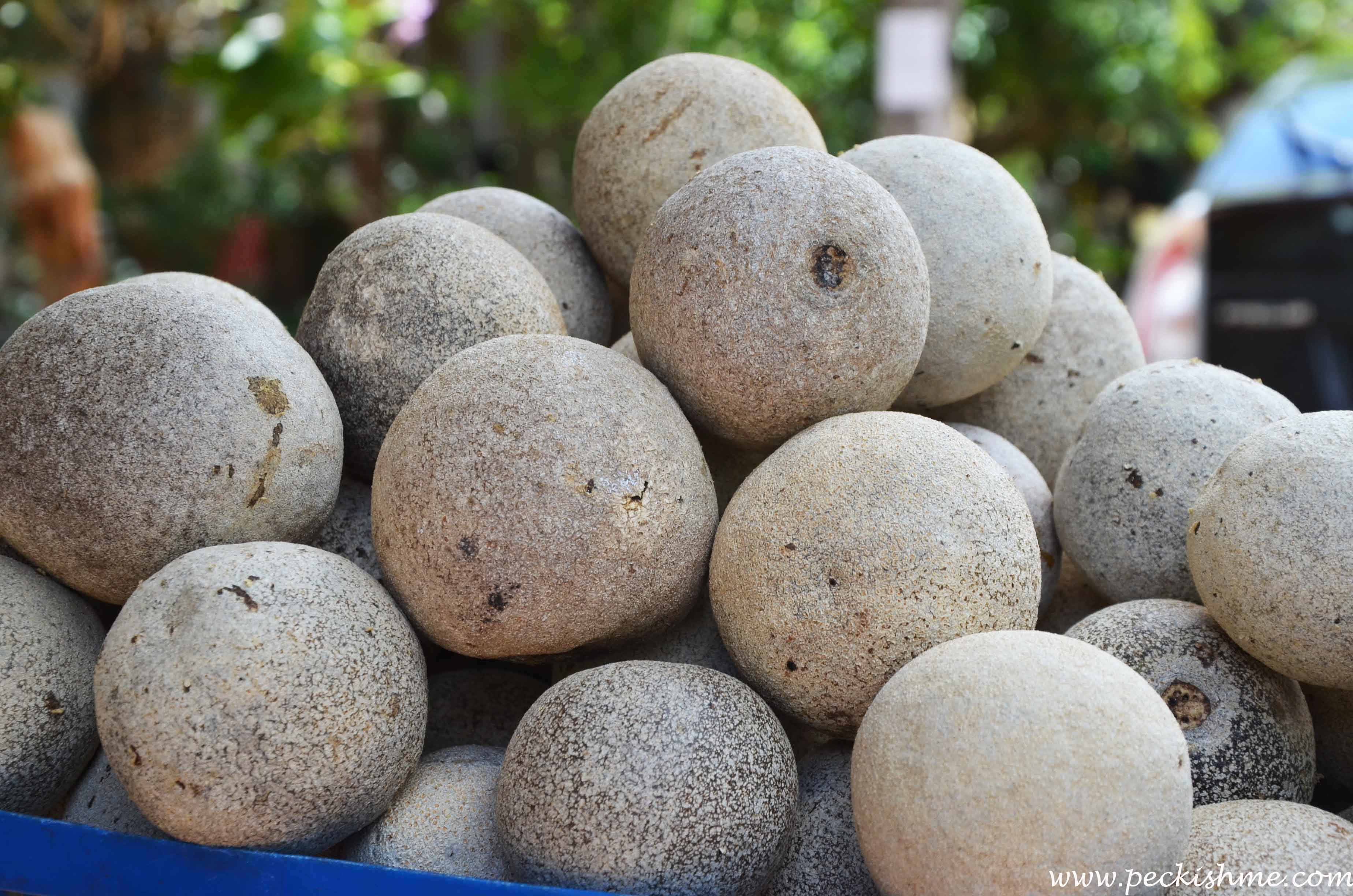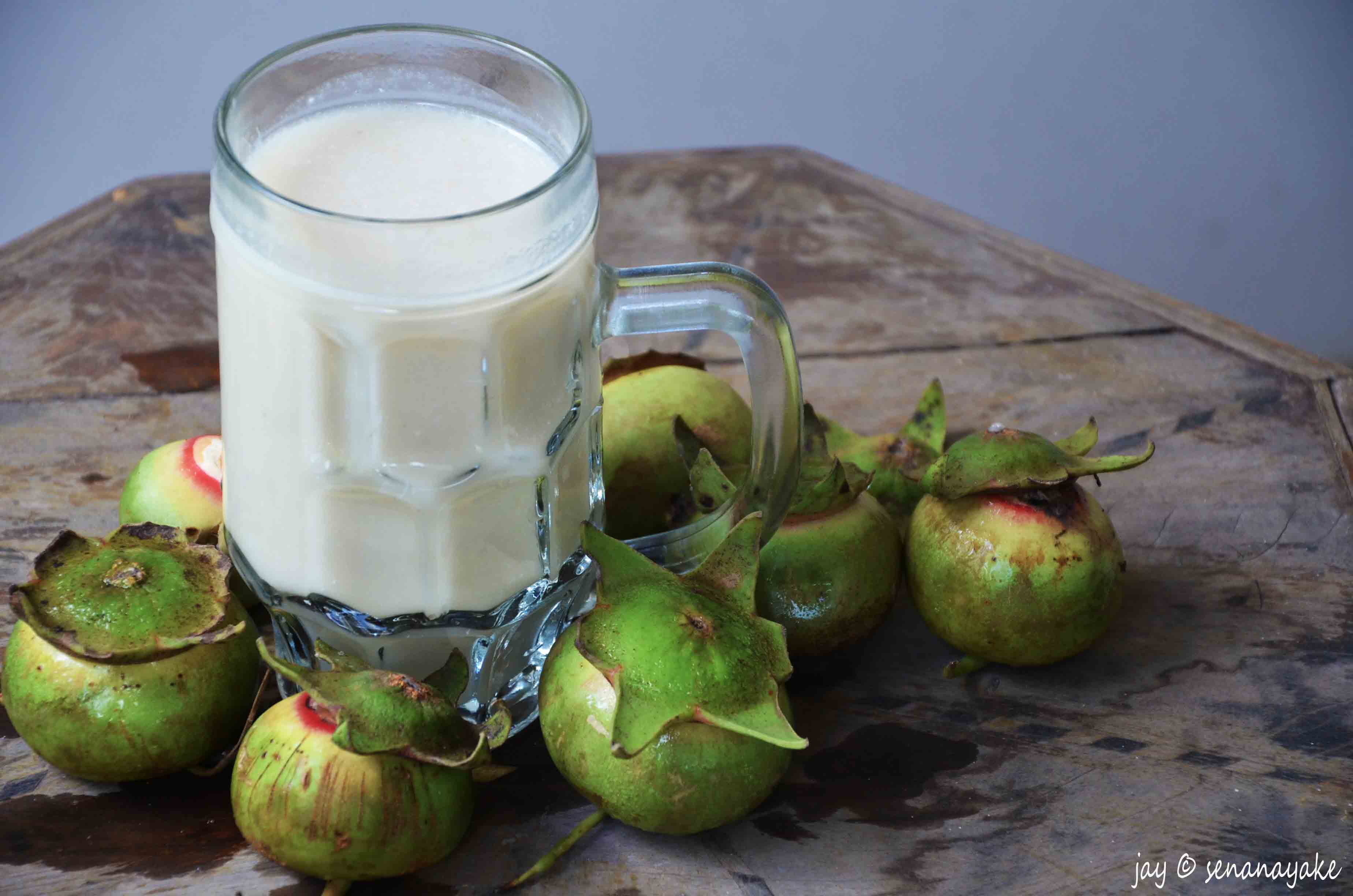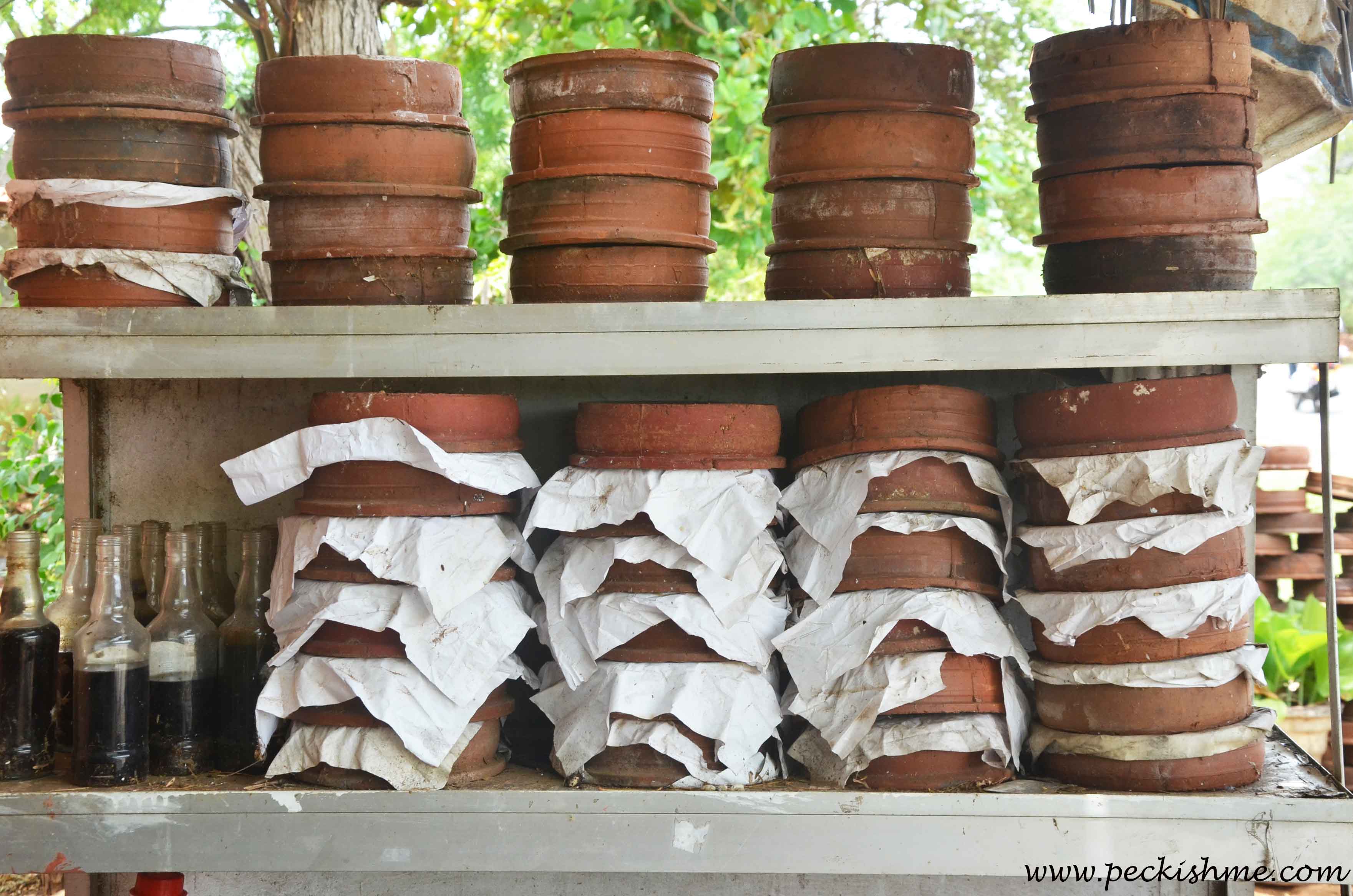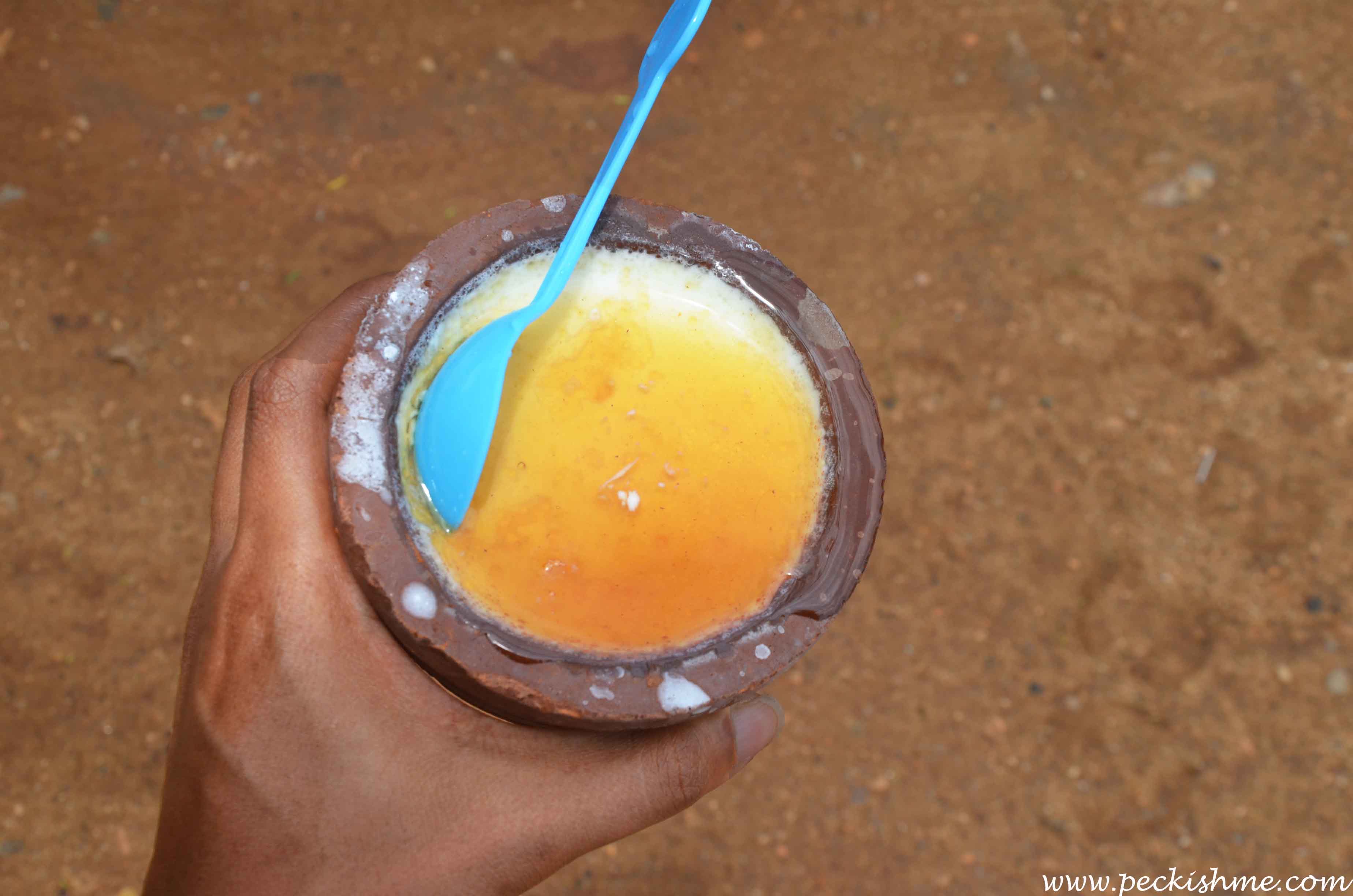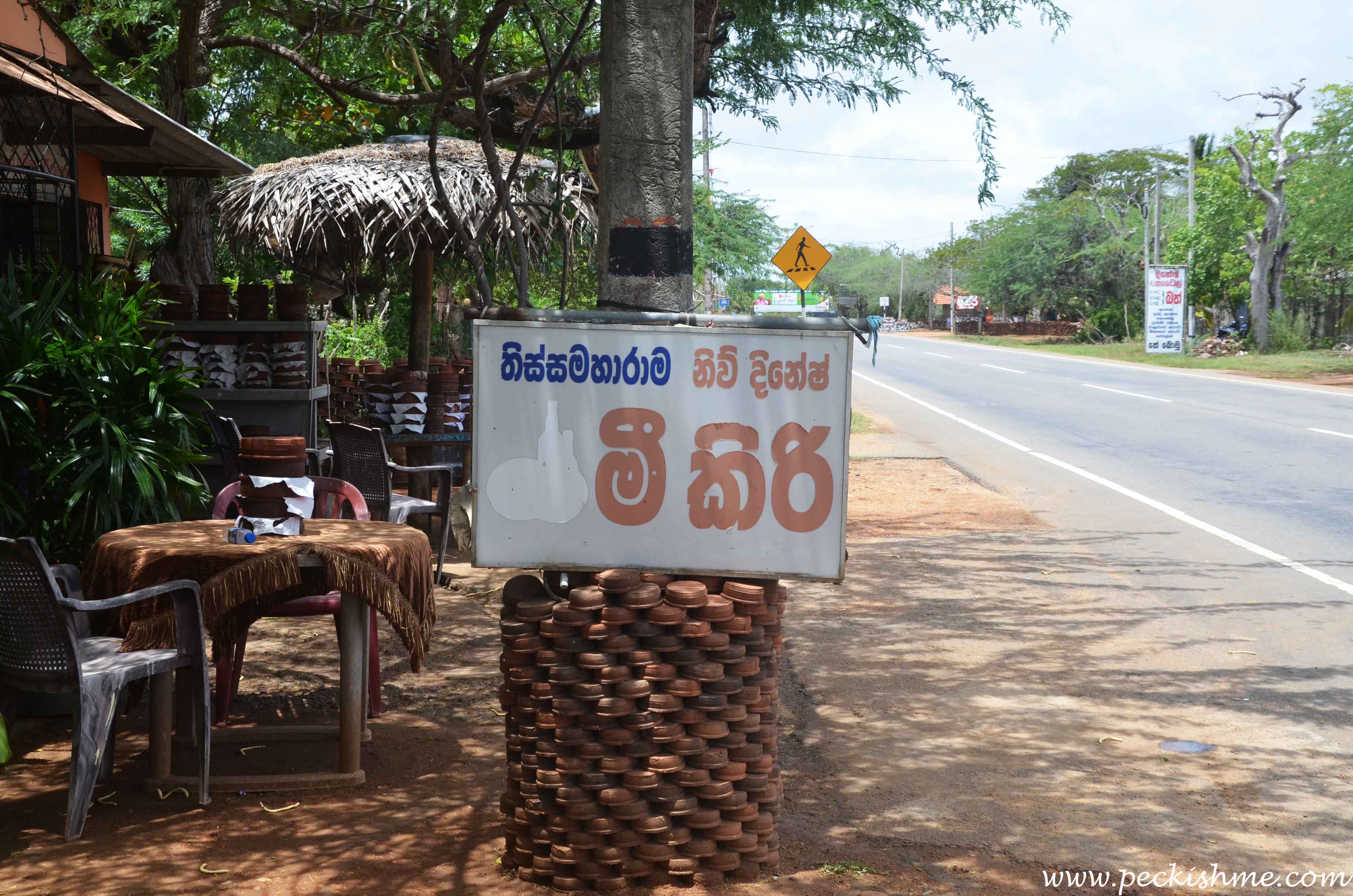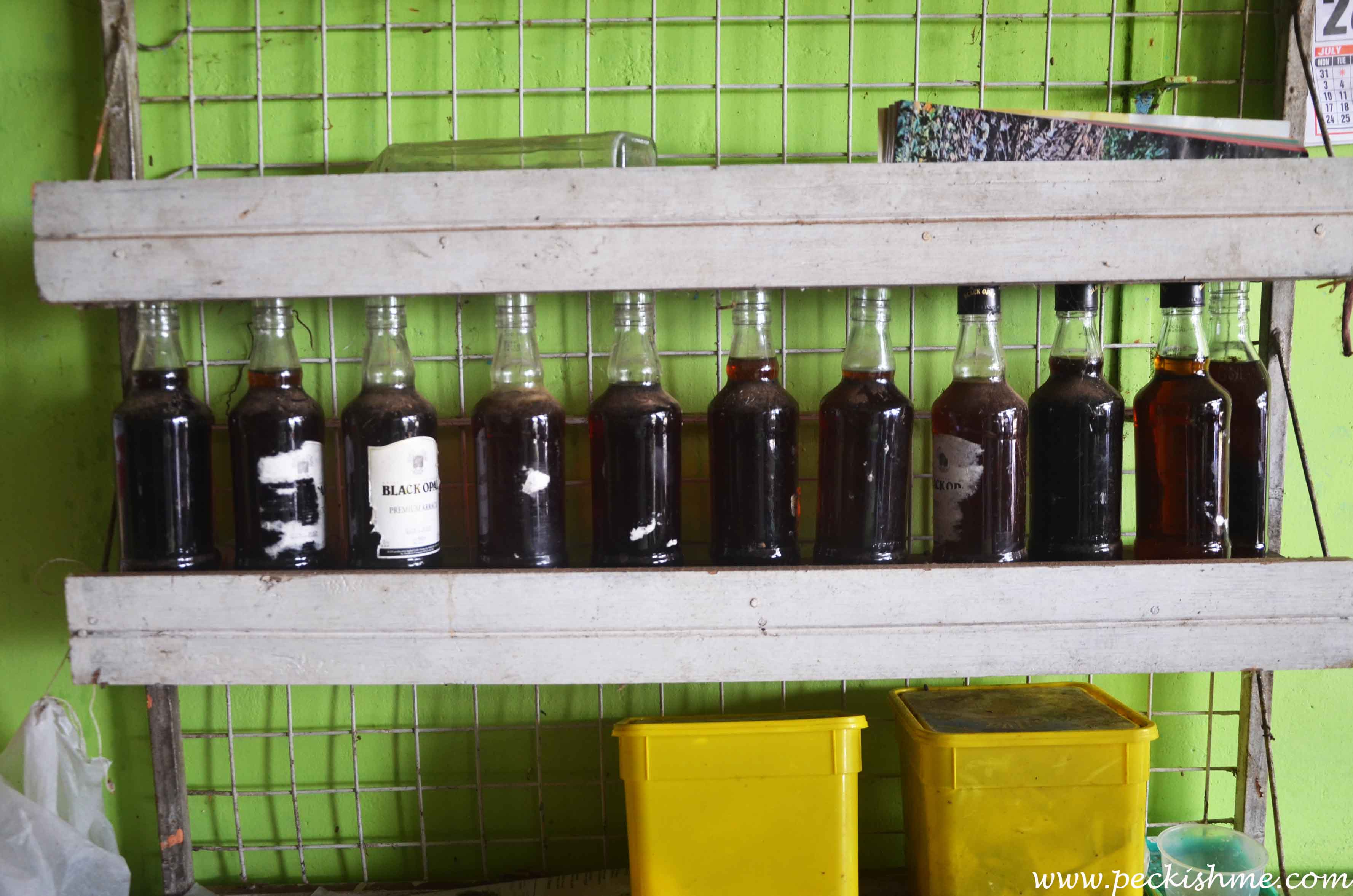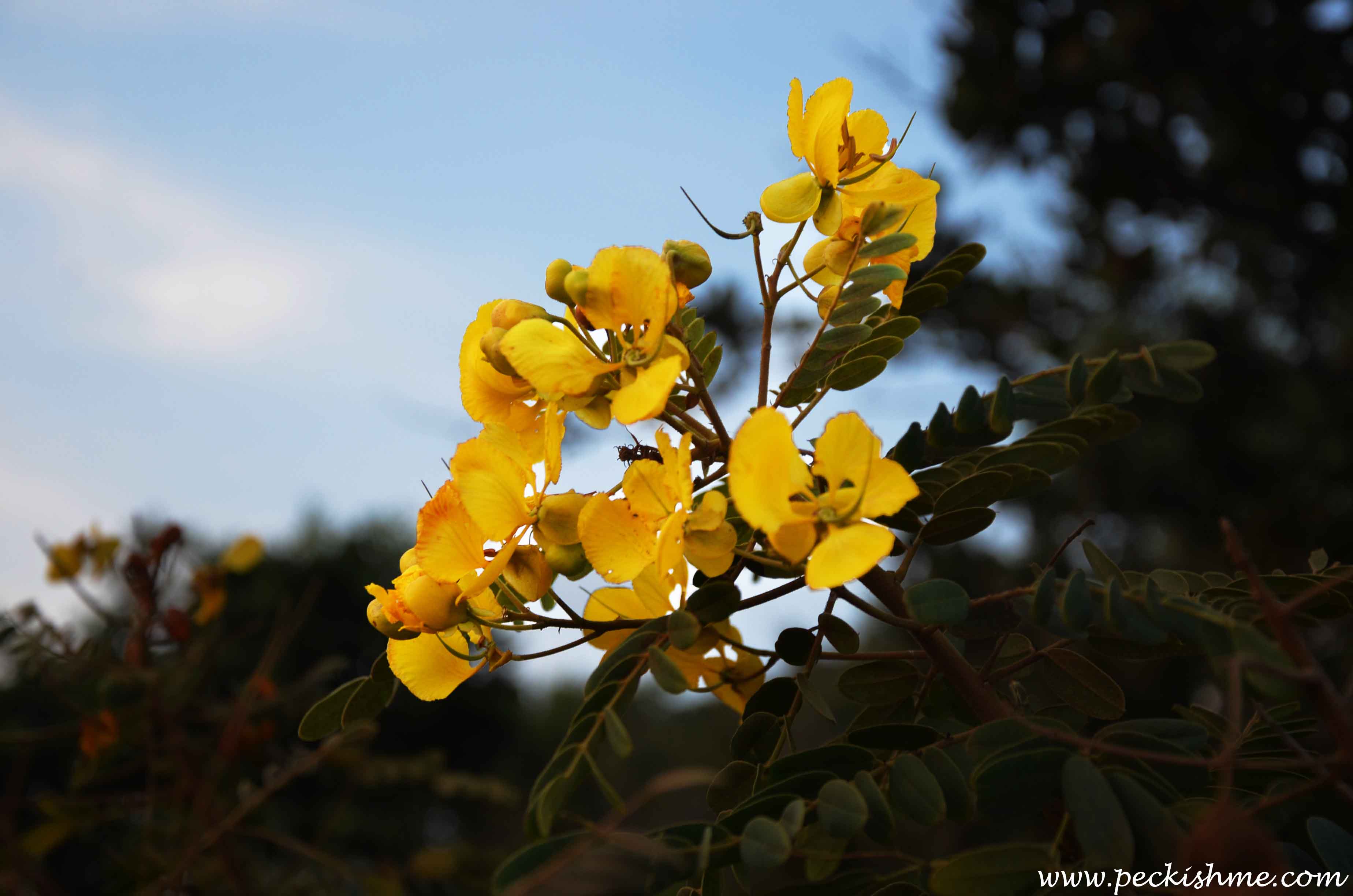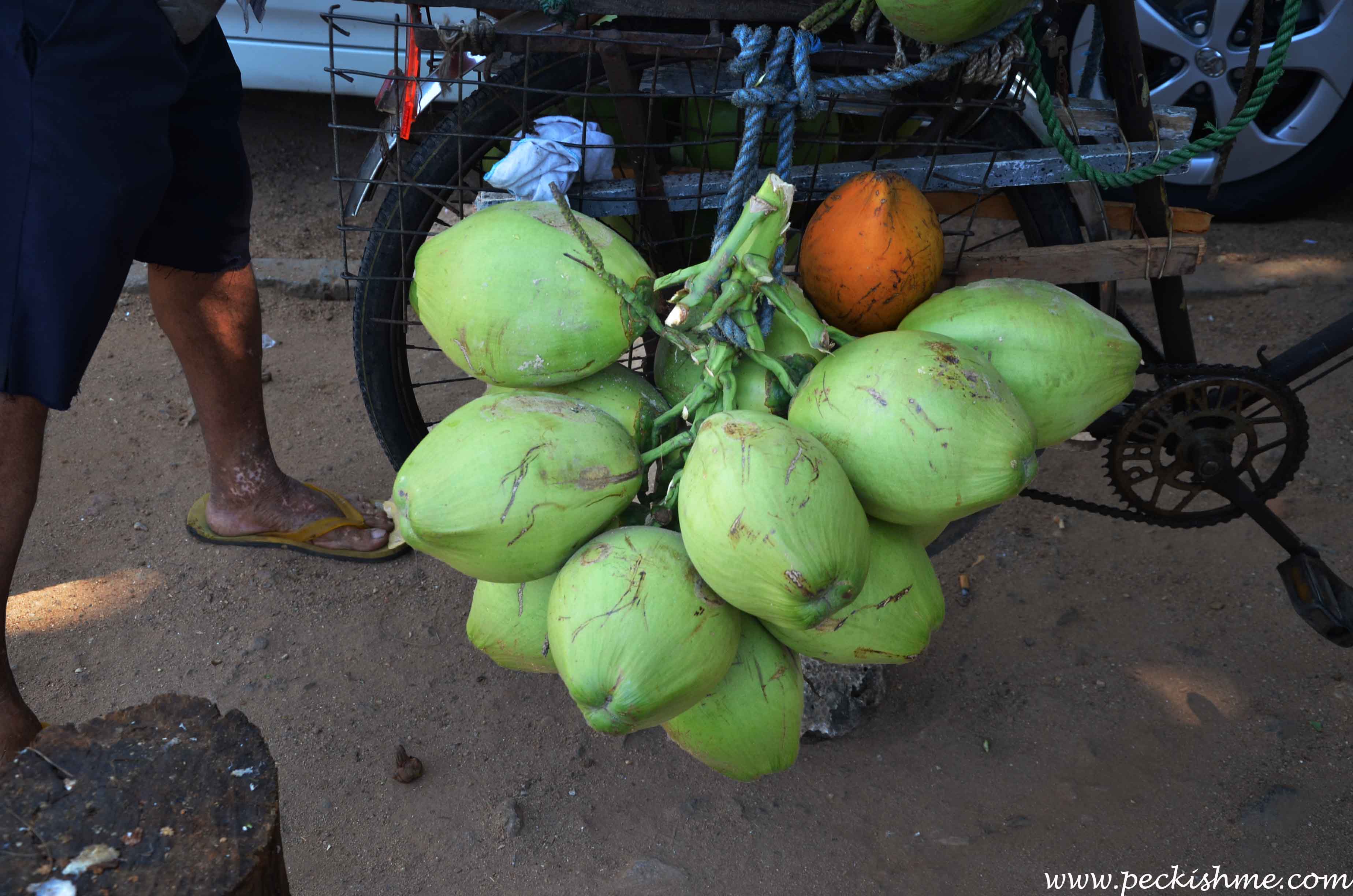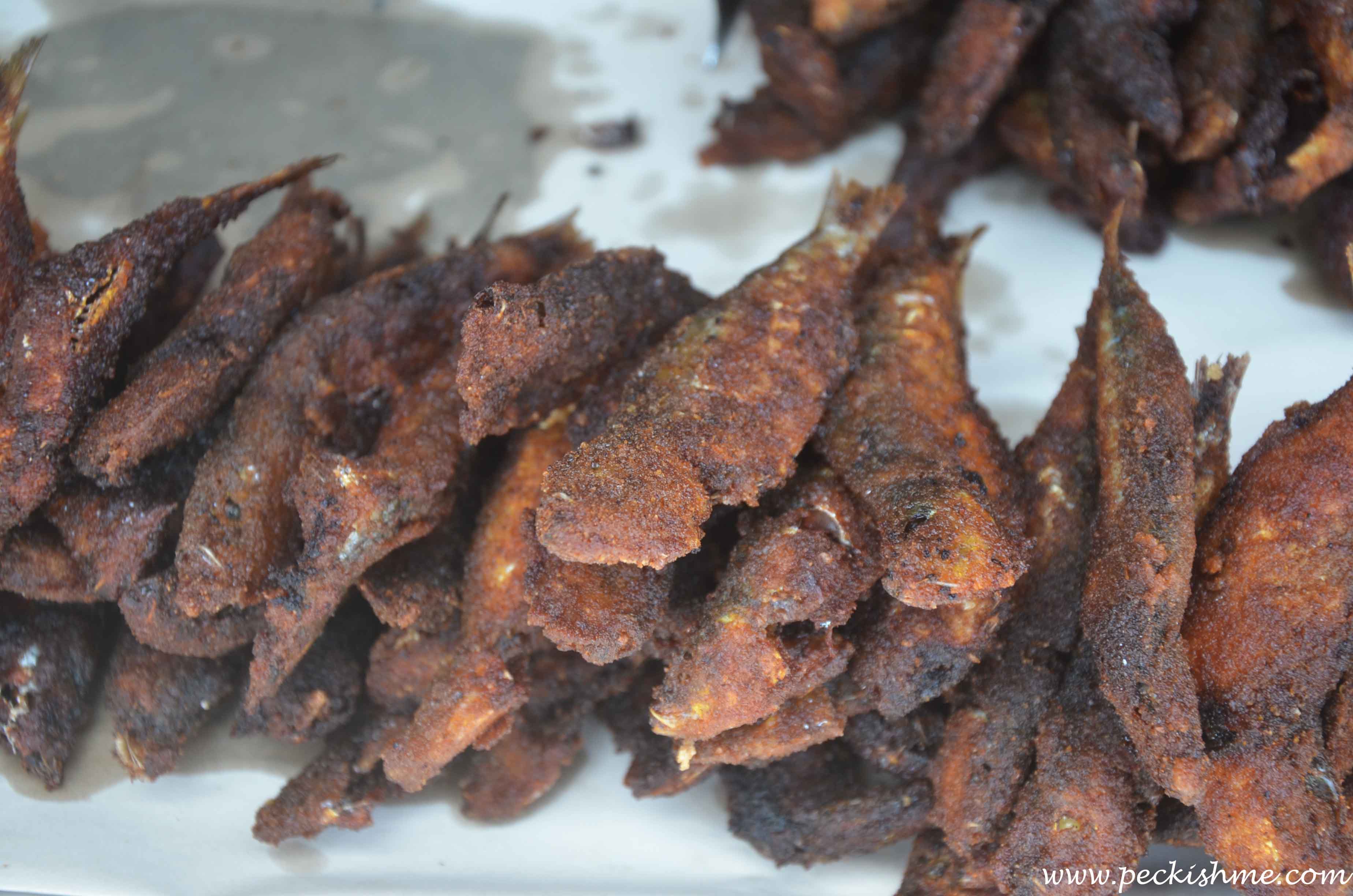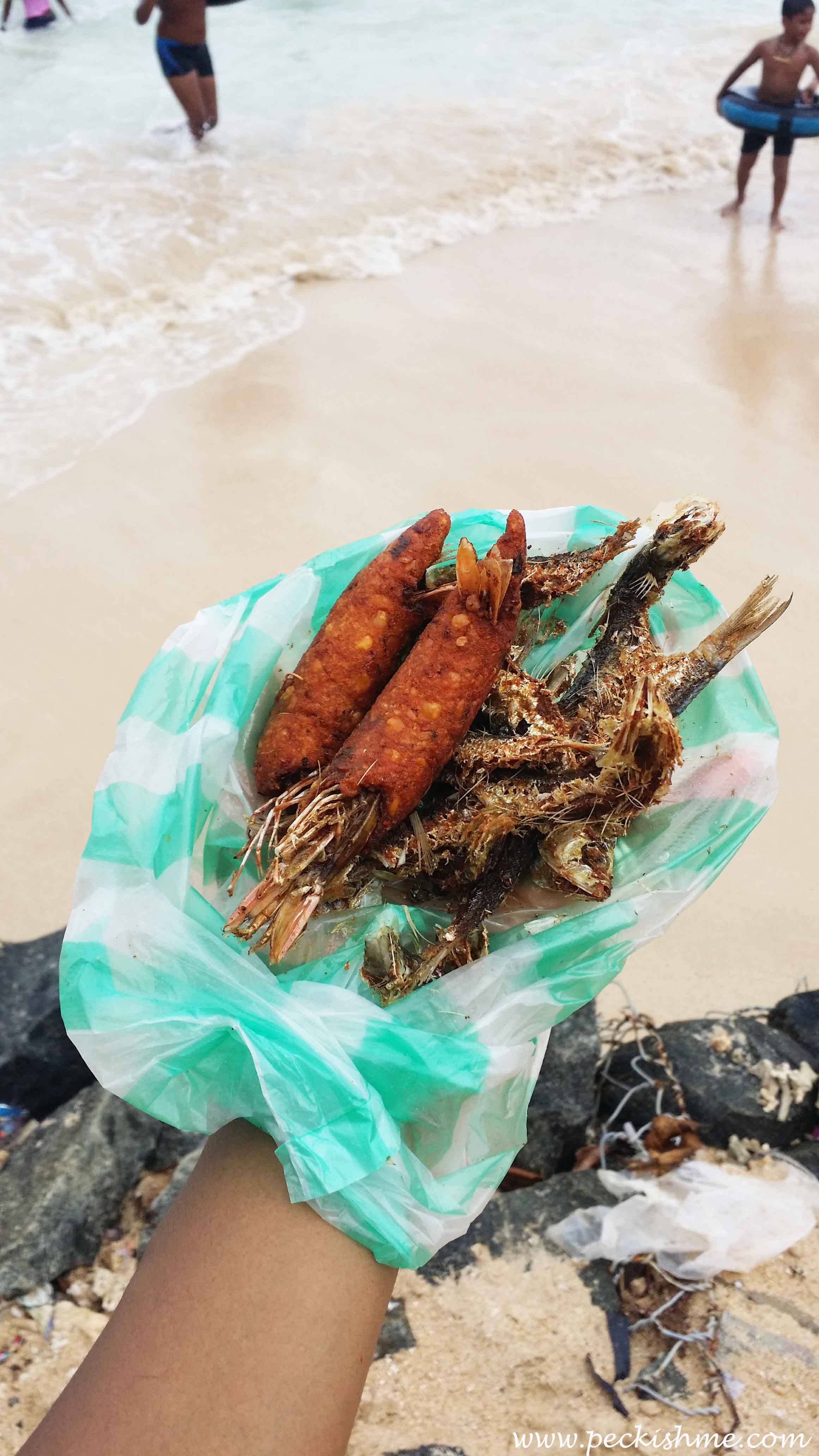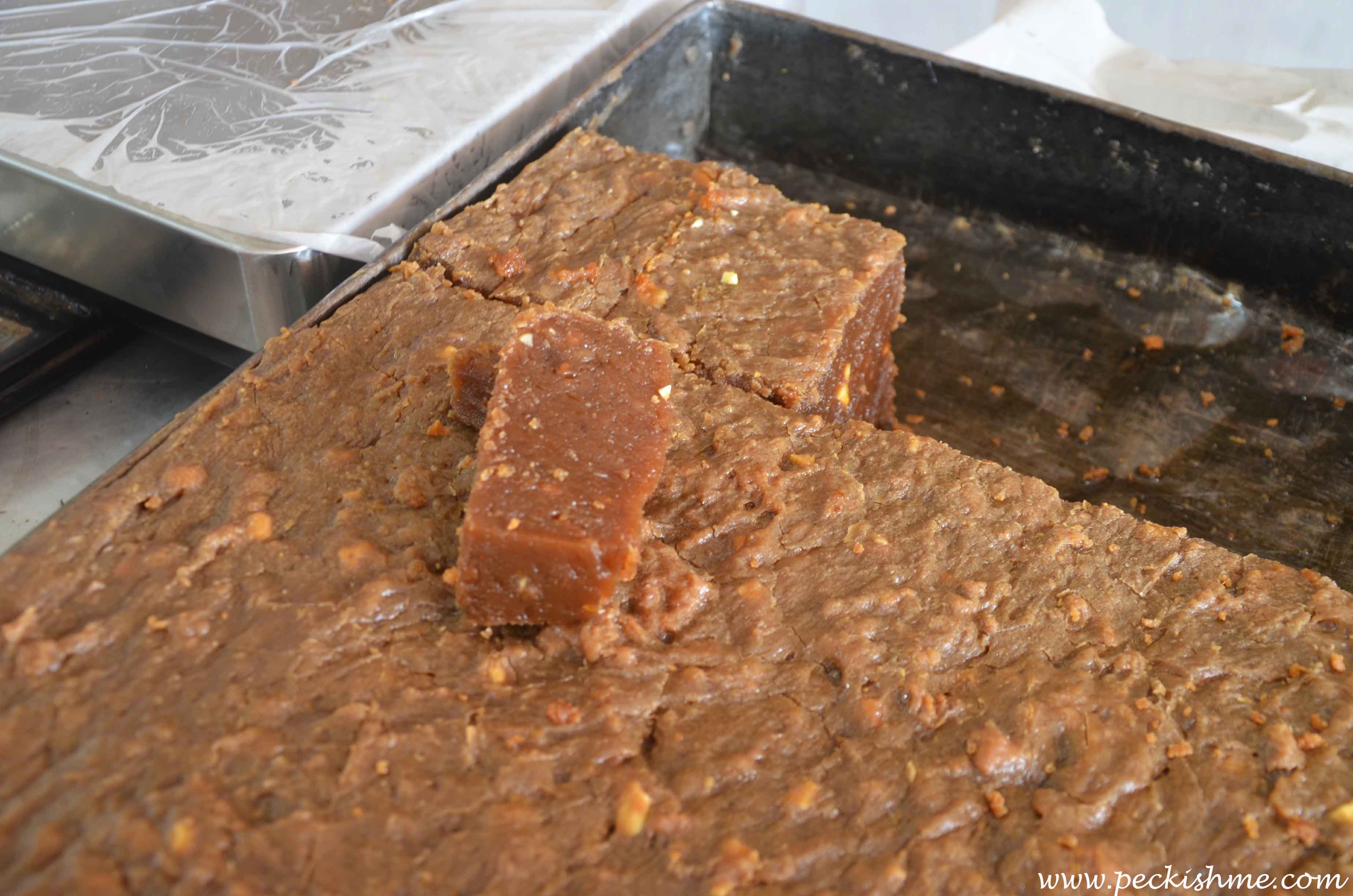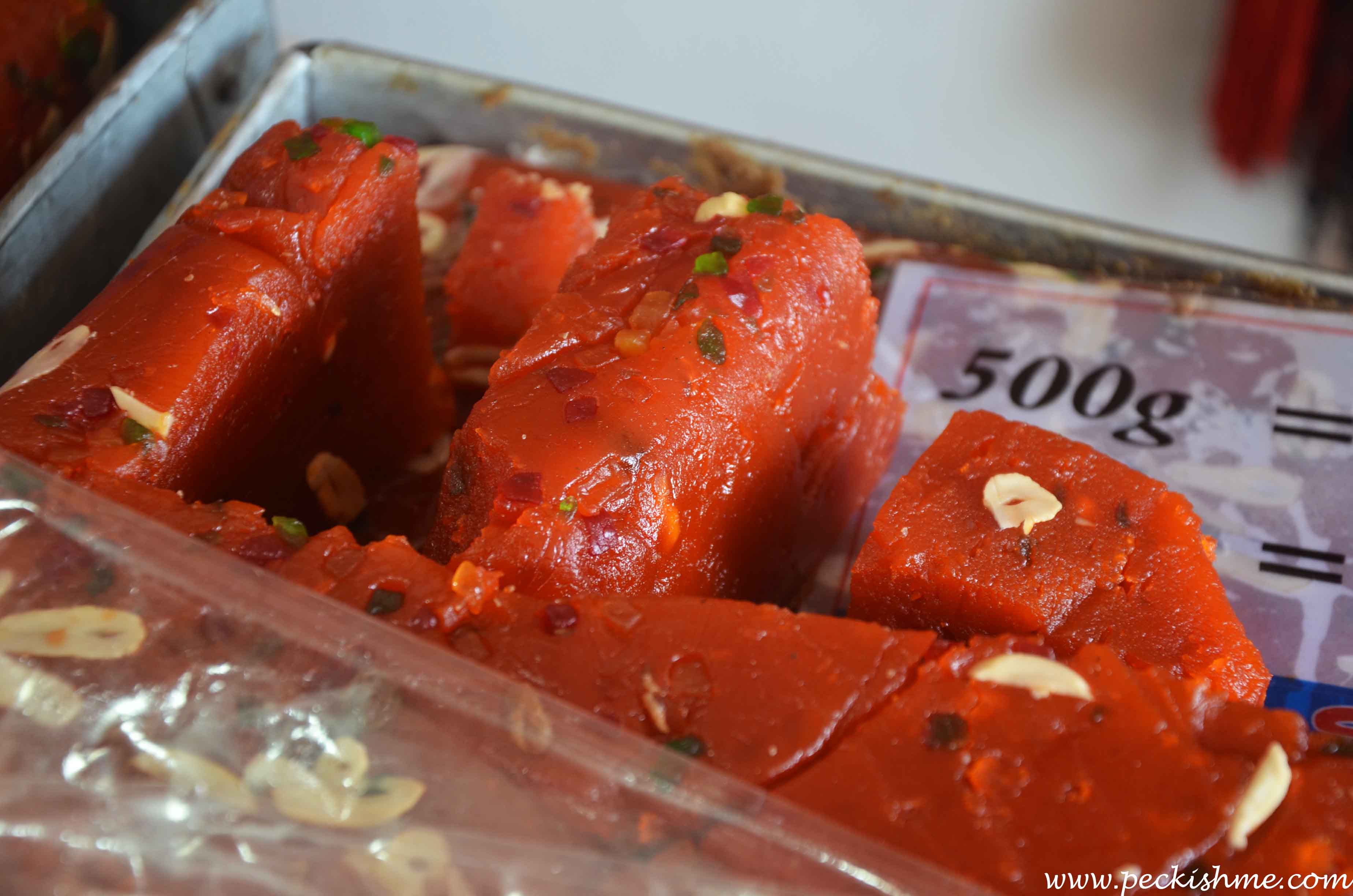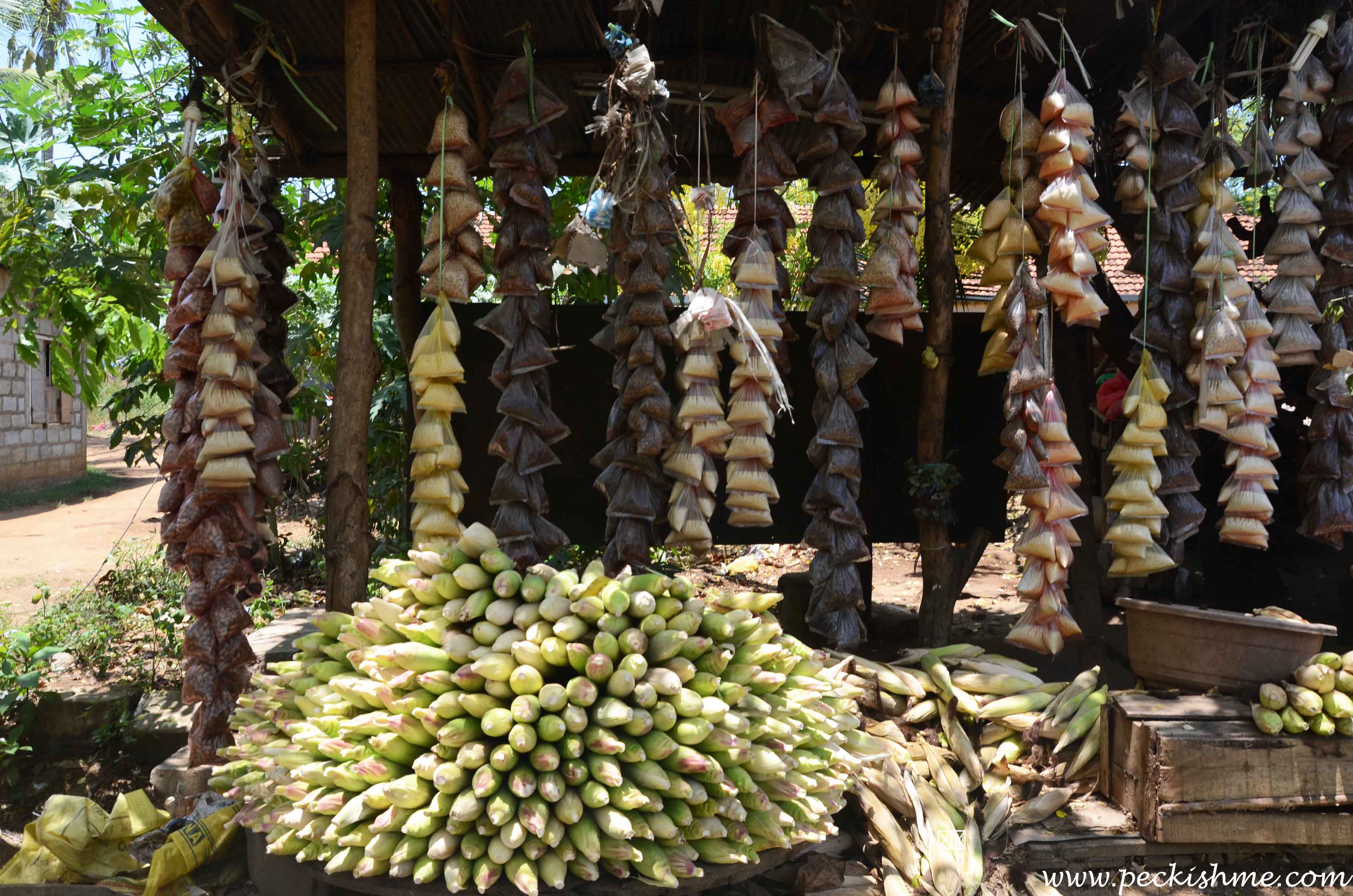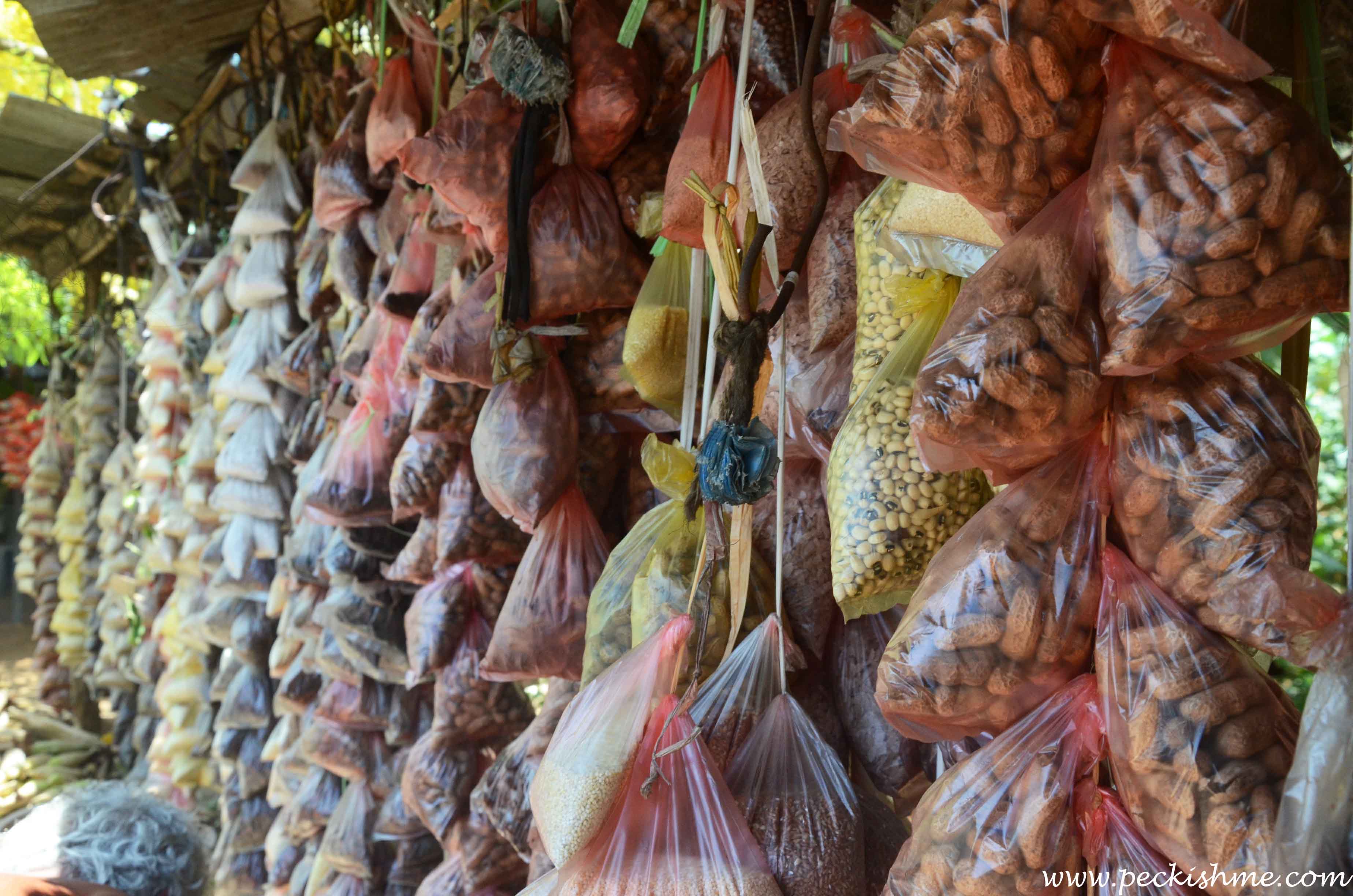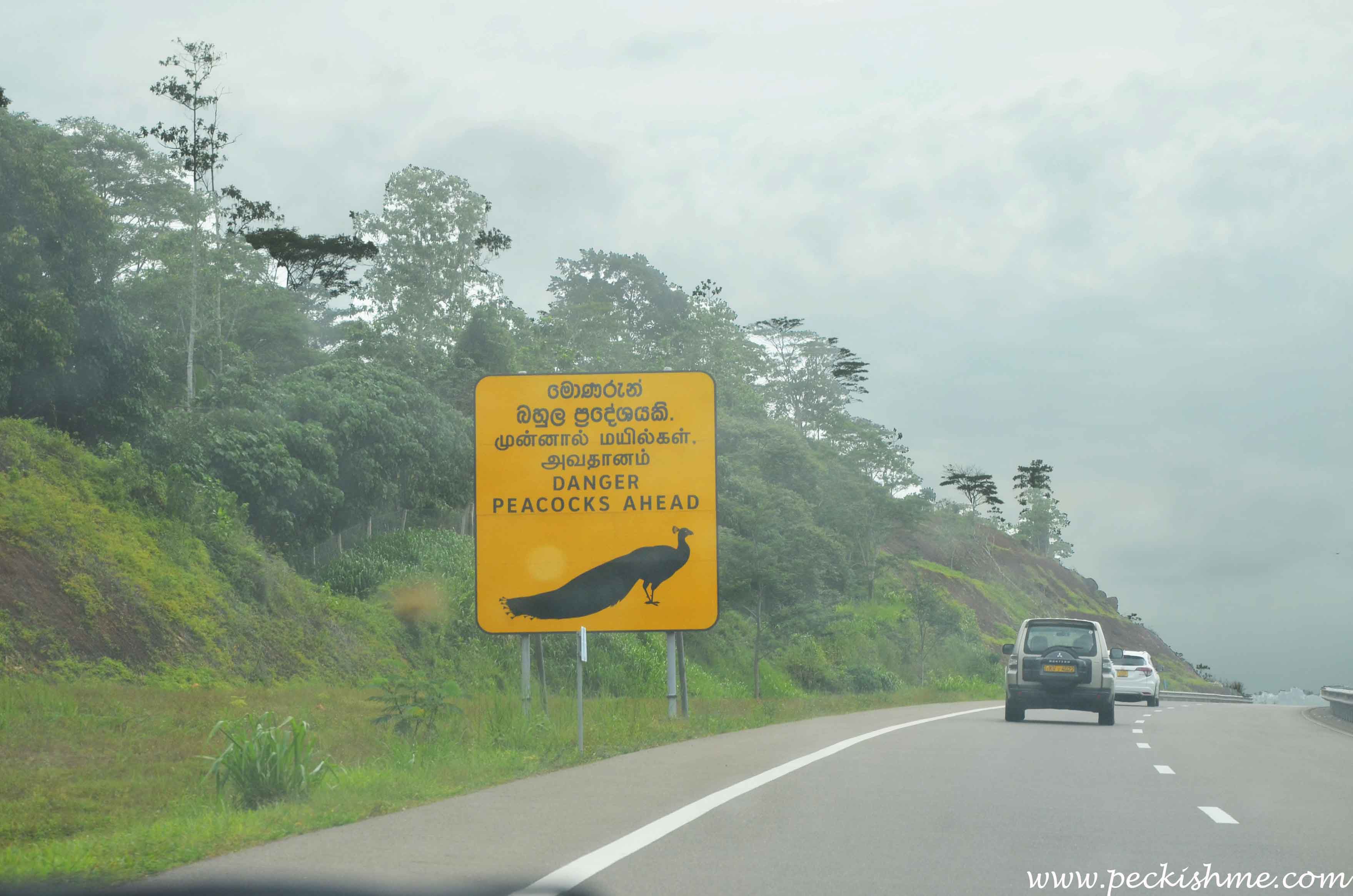Sometimes you miss the things that are right under your nose the most.
I’ve been born and raised in Sri Lanka, exposed to the local culture, its cuisine, its traditions and curious ways that I often forget how very exotic and wonderful it all is. I’ve forgotten to appreciate all that we’ve got.
Sri Lanka has a lot to offer and us being born and raised in paradise, it is easy to take these things for granted. Each region of this blessed land is different, diverse in its blessings bestowed upon by nature, the ways of its people and especially in food, in the habits and lifestyle that the land itself has gifted its inhabitants.
I have travelled along the south east of the island many a times – as many as three- four times a year. One of these reasons being pilgrimages to the Temple of Lord Muruga, or Lord Katharagama as we Lankans know him, the many headed God who travels upon a peacock, with his two consorts by his side.
God Katharagama is not a Sri Lankan deity. He is believed to be of Indian origin who came to settle down in Sri Lanka atop the Wedihiti Kanda, a mountain located in the region where the temple is situated today. There are many a lore and legend surrounding the Katharagama Temple and its resident deity, one of such being how Lord Muruga, also known as Prince Skanda fell in love with Valli, a Princess of the Sri Lankan Veddah tribe and married her. The Katharagama God is today presented atop a beautiful peacock with Valli and Deivaanai, his other consort by his sides, each consort representing two sides of his divine shakti.
The Katharagama Temple is a place that unites all religions. Buddhists and Hindus alike, devotees belonging to the two prominent religions in the country can be seen bearing baskets of fruits as tokens of gratitude to Lord Muruga.
There is yet another curious phenomenon that is unique to the temple premises. That is the dancing of the Kavadi. Practiced mainly as a means of offering tribute to the God in exchange for a favor, devotees are seen bearing an adorned arch-like structure over their shoulders and dancing to the upbeat music played by the temple musicians. It is a fascinating sight and is one that you would not easily forget.
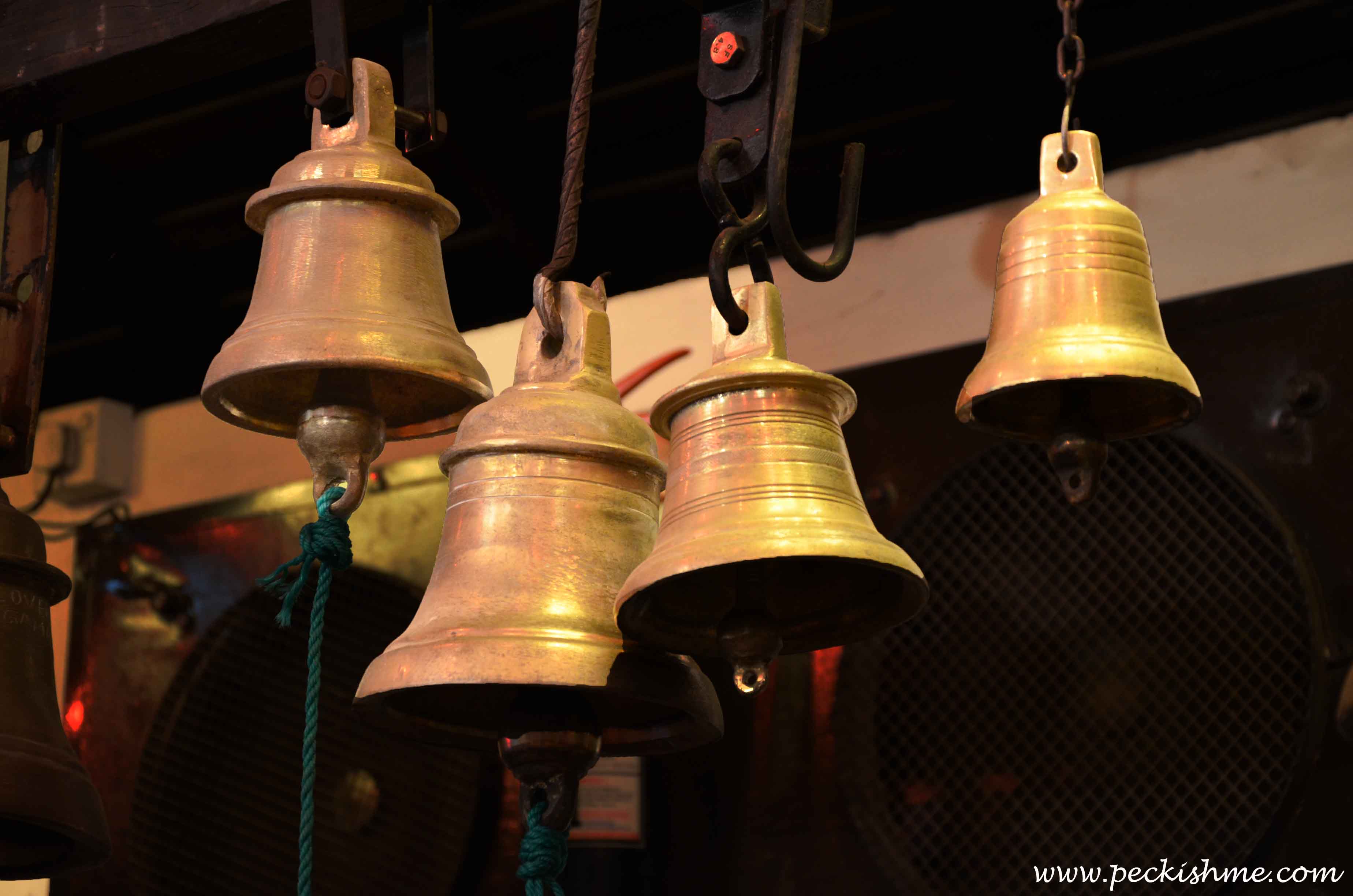
These bells are rung by devotees at the time of the pooja, transforming the temple into a place of reverberating piousness
I digress.
In the olden days, travel to Katharagama was a long and arduous one. It is usually a day’s long journey where one makes a stop every few hours to have a refreshment or to simply stretch out. However today, thanks to the Southern Expressway, the journey is a mere 4 hour drive. However, despite the exhaustive journey, this is something that we the young ones always looked forward to each year. This is because of the various fruits and goodies sold by the locals by the roadsides which are otherwise so scarce to find.
Stalls selling fruits and veggies are also rampant in this area. These crops are usually self grown in their own yards and sold to the passersby at reasonable prices.
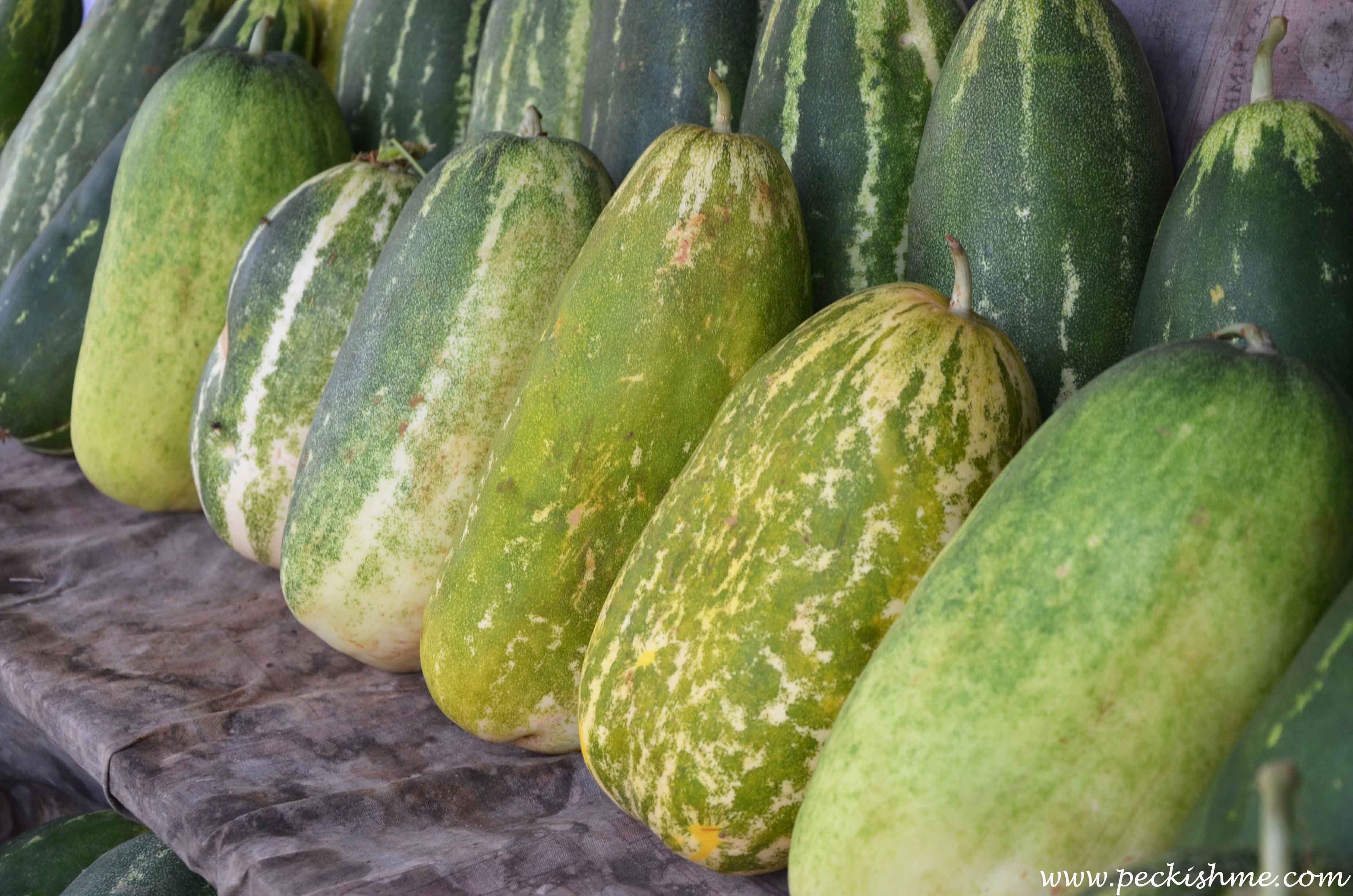
Seeni Kekiri – a specialty grown in the dry zone that is usually eaten sprinled with some sugar and salt
I have distinct memories of eating large slivers of watermelon, the juice dribbling down my chin. Watermelon grows so profusely in this region and are known for their superior taste. As we experienced first hand, the watermelon reputation is still intact.
One also encounters an adorable sight. Vendors with a few Sri Lankan pomegranates, guava and local citrus fruits tied to their bicycles in strings go about enticing travelers to buy. Often times these are elderly gentlemen with a gentle disposition from whom you simply cannot help but buy. This is something unique I’ve seen in this region.
These enterprises still thrive. Old grandmothers with the silvery gray hair and bright colored clothes and blouses still keep a heaps of wood apples fallen from a tree in their garden on wooden chairs shaded by a lone umbrella, with the hope of someone buying them off her hands. For some, this is the sole means of income, and is the best organic food that you would come across in this day and age.
Kirala juice is yet another drink that we encountered in this stretch. I’ve done an entire post about this fascinating fruit before – its health benefits and taste. Now the south east of the island is also where you would find these fruits growing aplenty and invariably, there will be small roadside boutiques offering cold glasses of Kirila juice to quench your thirst.
The south east of the island is also known for its fish products. Dry fish, jadi and various other products are commonly made available in this part of the island. We chanced upon some fish drying in the sun. these will soon be delighting somebody’s taste buds in a mix of tempered onion, chili and garlic.
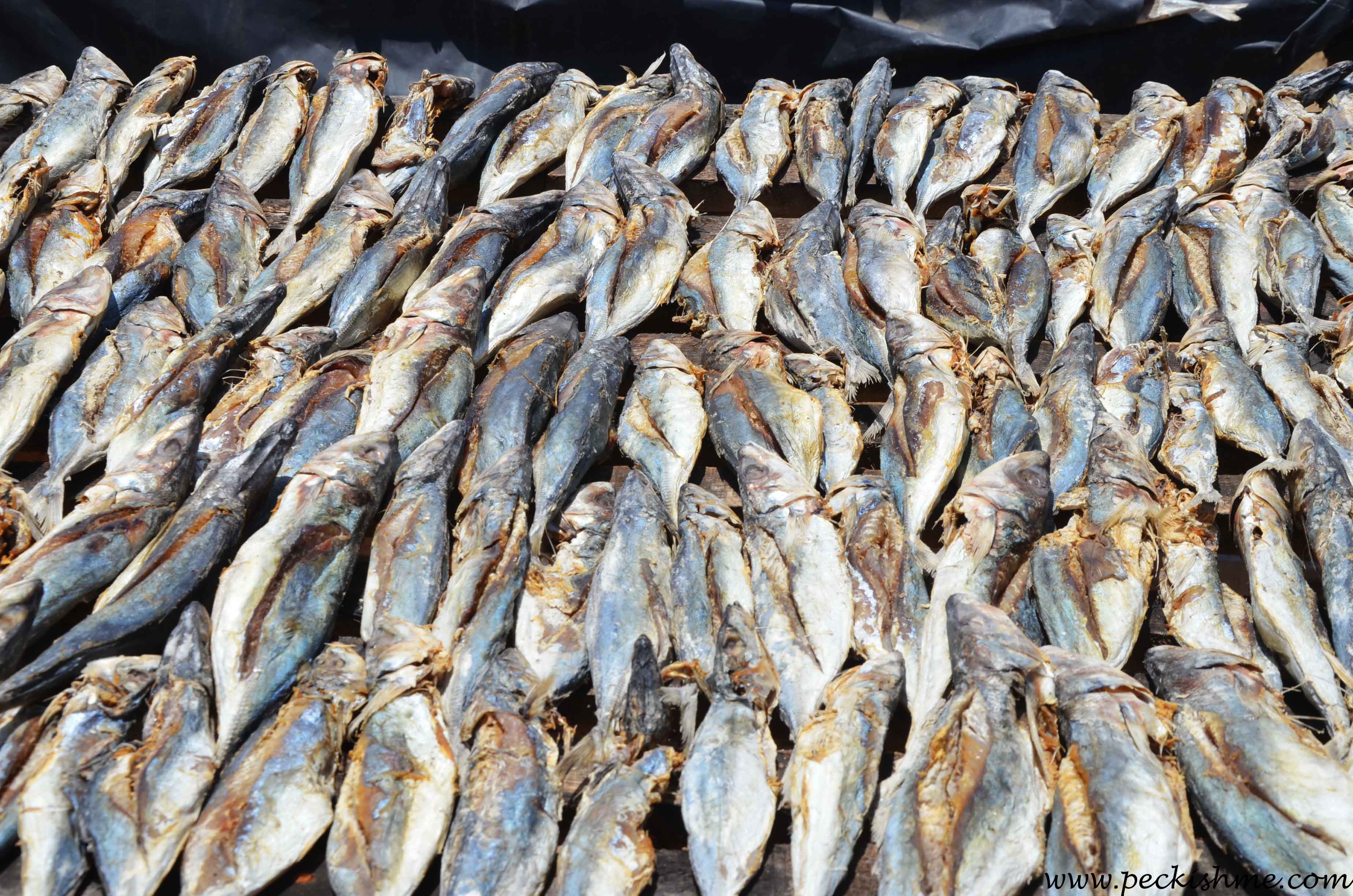
These fish are being dried in the sun being immersed in a mixture of salt. This is also a method of preserving excess fish
If there is something the South is particularly famous for, that is curd. Curd is basically fermented buffalo milk that is typically eaten as a dessert with kithul treacle, a cooling treat that is also so very delicious. There are so many roadside boutiques selling curd in this part of the country and all of them are nearly equally good. If anyone knows how to do their curd, it is the southerners.
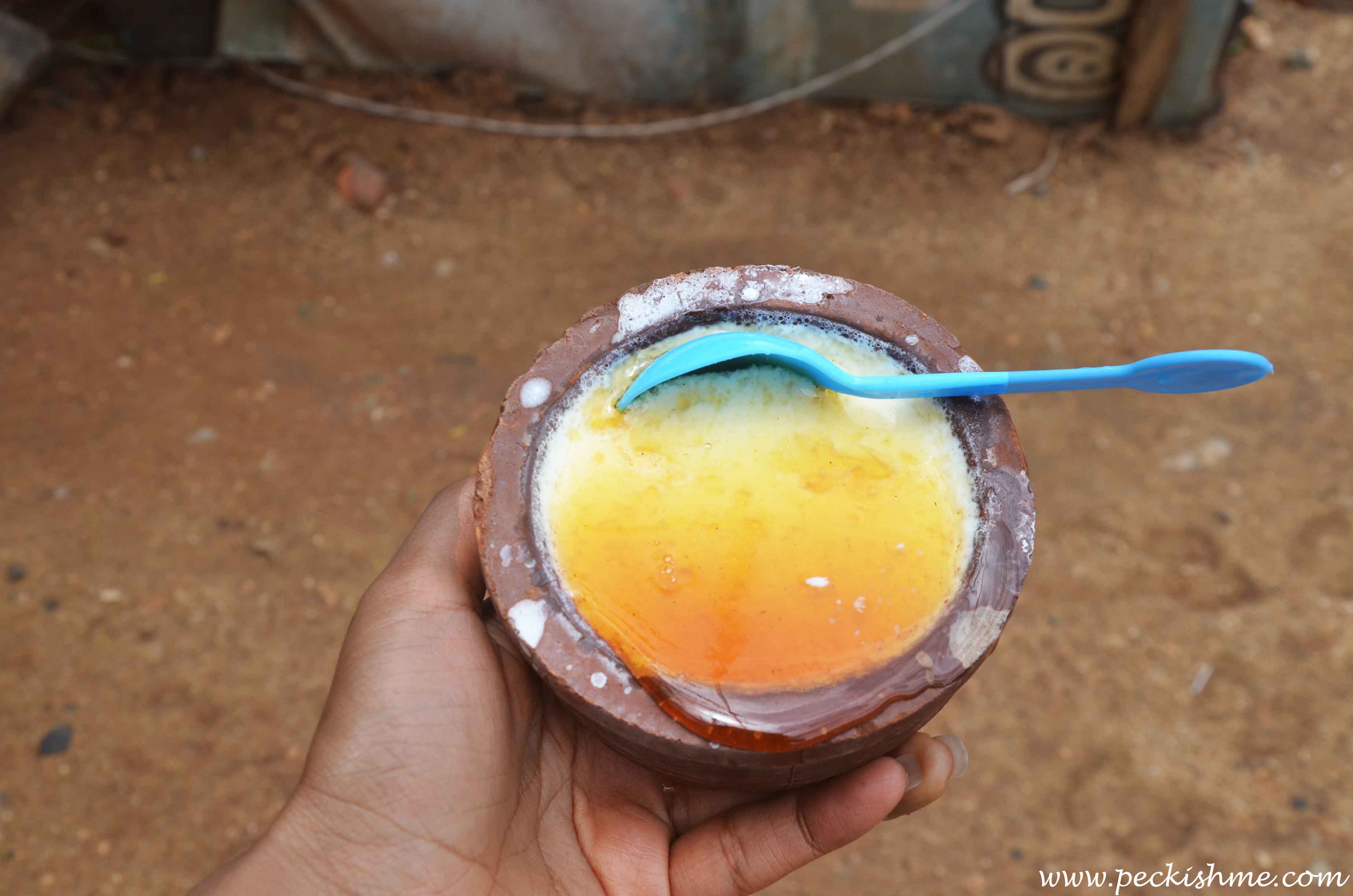
Curd is usually served with thick kithul treacle, a delicious sweetening syrup that is obtained from the Kithul tree
When you pass the area, you may have come across this very pretty yellow flower sometimes overtaking the green of the trees. This is the Ranawara flower. A tree that has so many medicinal qualities, the flowers themselves are dried and brewed like tea for a fragrant and nutritious beverage. There are so many boutiques on the roadside offering boiled ranawara, beli flower teas with pieces of jaggery that many travelers stop to have. This is also another Sri Lankan specialty that I did an entire post about.
Although not unique to the south east of the island, your journey is not really complete if you haven’t had the cool water of a young coconut. And you find plenty of such vendors here offering you coconuts for as low as LKR 30 to LKR 300.
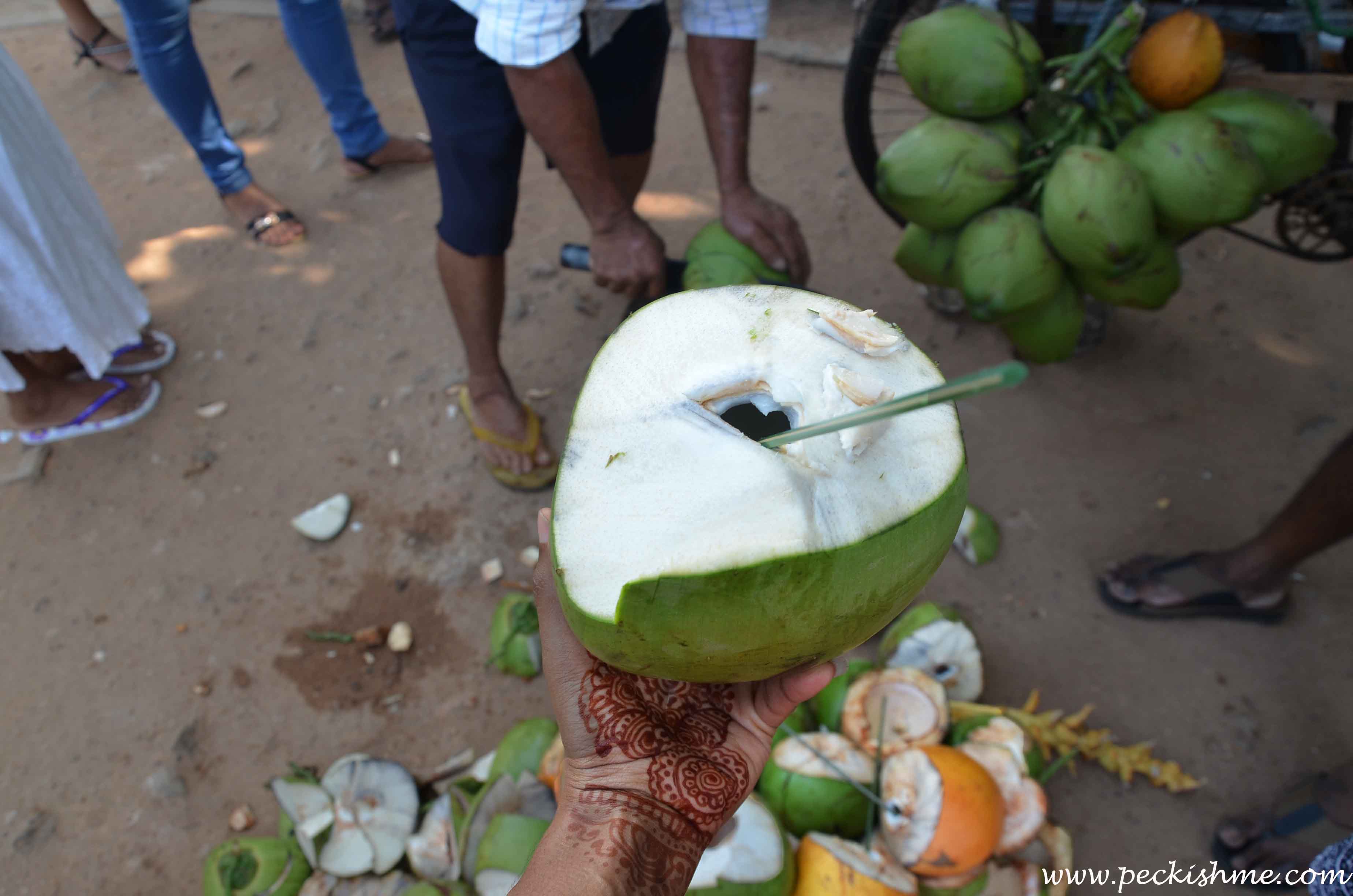
The young coconut has cool, slightly sweet water inside it that is a popular thirst quencher in the country
Another (new) item that has been added to the south east’s street food repertoire is fried fish. Fish of all sizes are crumbed and fried and sold at every populous place where the fish sell like, well, hot fried fish! This is something I liked. Oiliness aside.
And how can you forget dodol? Made of coconut milk, jaggery and a combination of spices, south is considered THE place for dodol. Personally I believe that dodol should be made our national food.
Along with dodol one also finds muscat, not a Sri Lankan delicacy per say, but one that was brought down by the moors.
The cultivation of grains is also very popular in the region. As a result one sees a number of stalls selling grains such as sesame, meneri, cowpea, green gram, peanuts and other rarer types like olu rice and etc.
One also encounters an elephant or two on the way. This is a herd that we encountered in Yala, in close proximity as we went in a wildlife watch.
So this is Sri Lanka. Rather its South Eastern part. And you know that it’s an amazing place when you got to put up humongous signs warning you of peacocks ahead.

